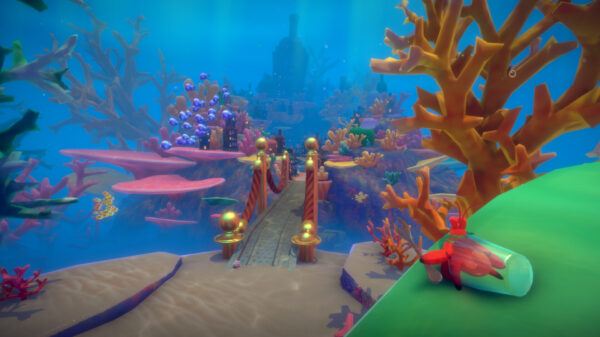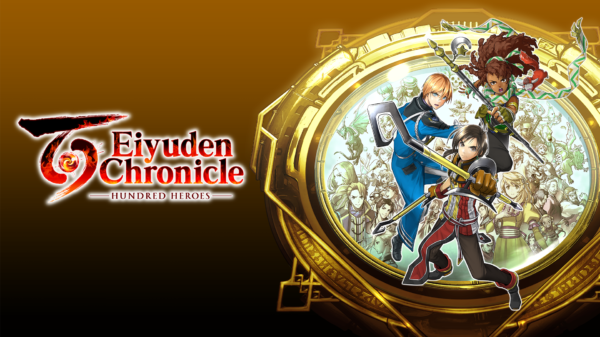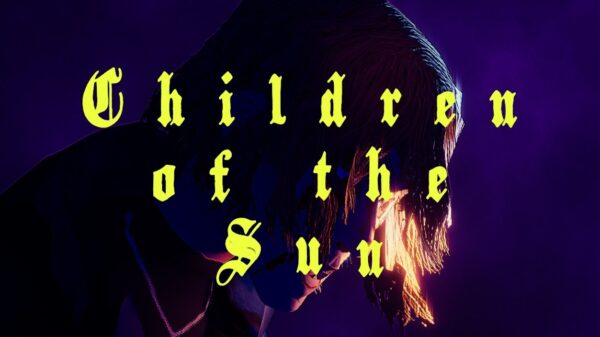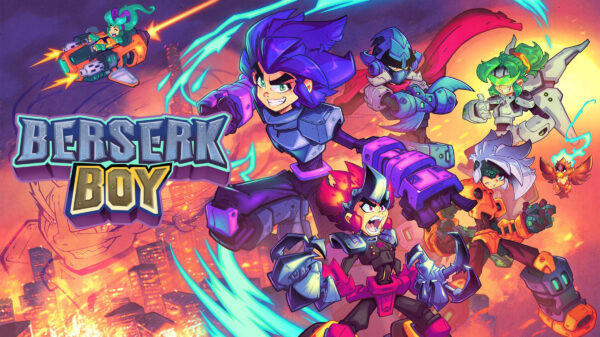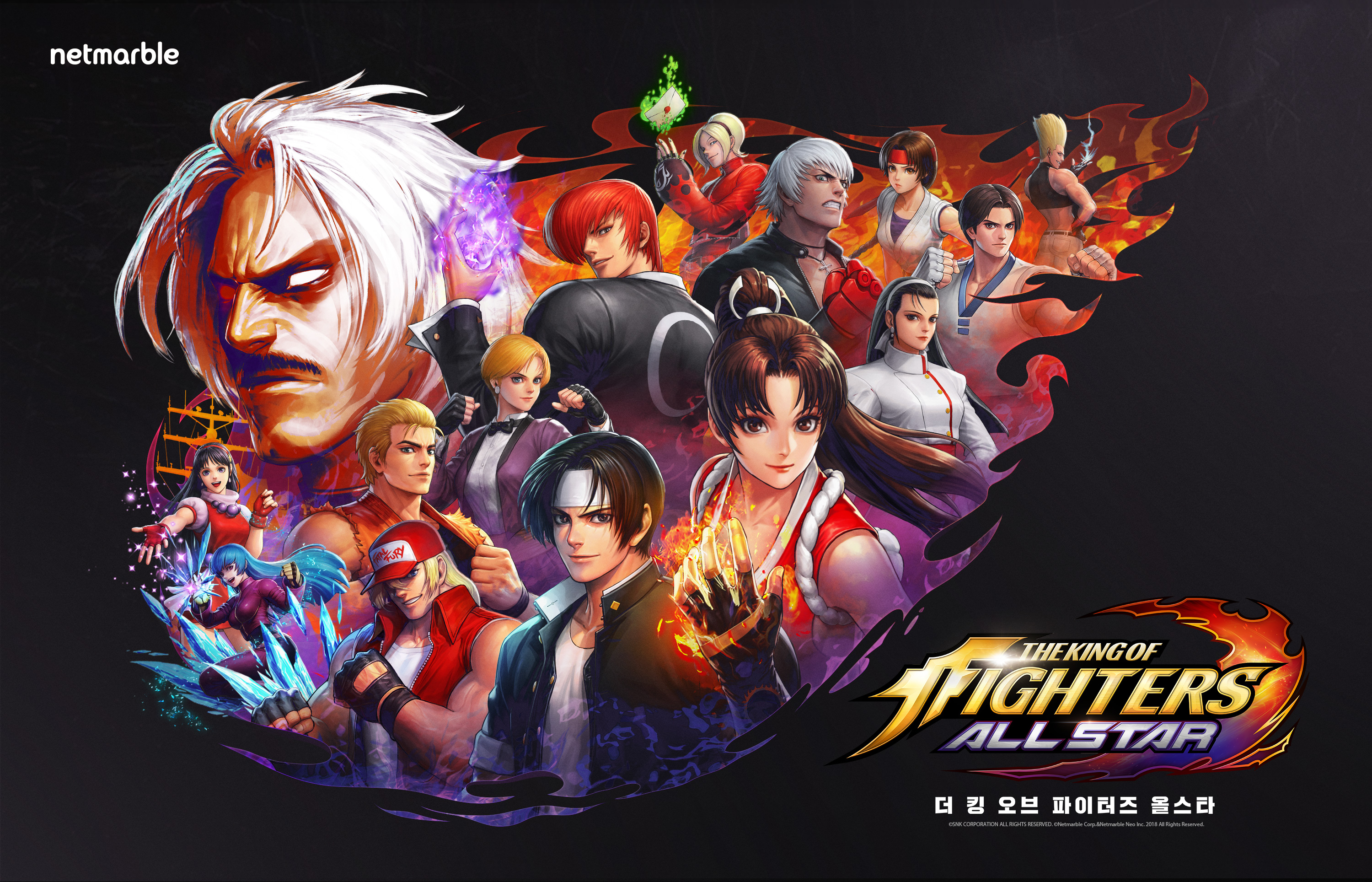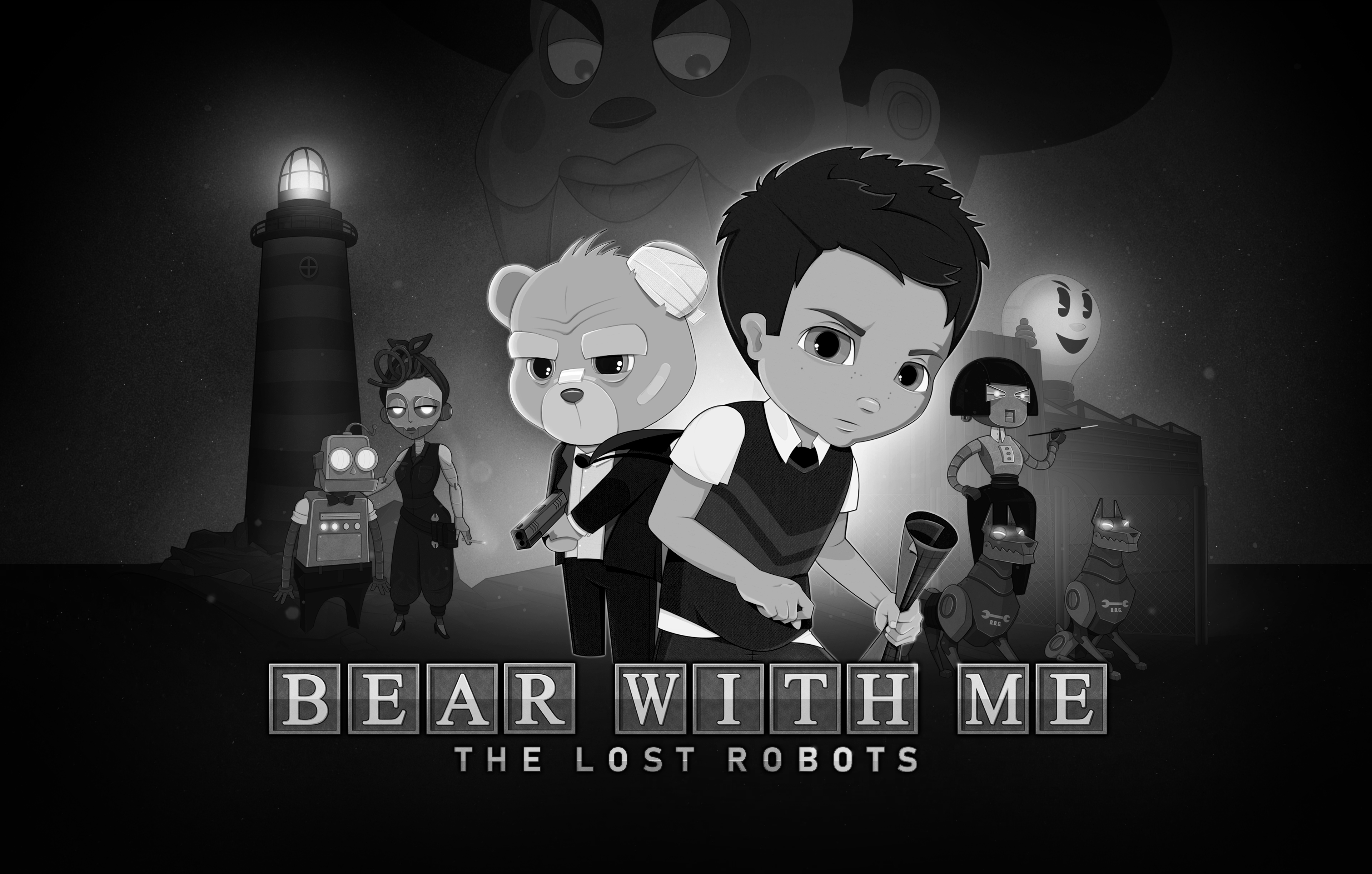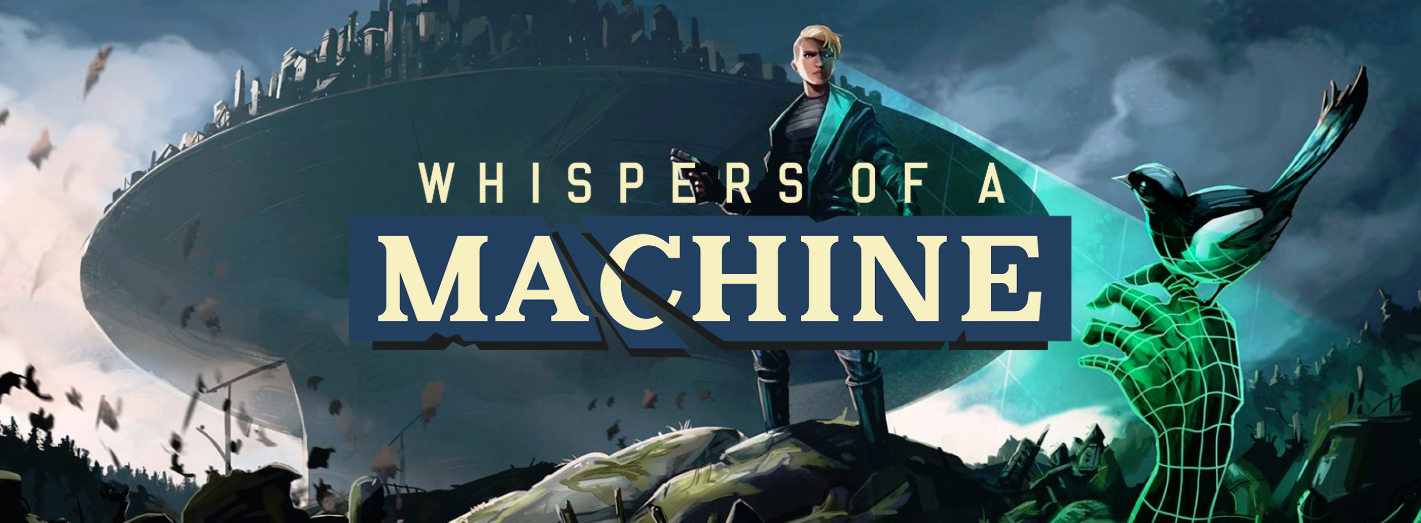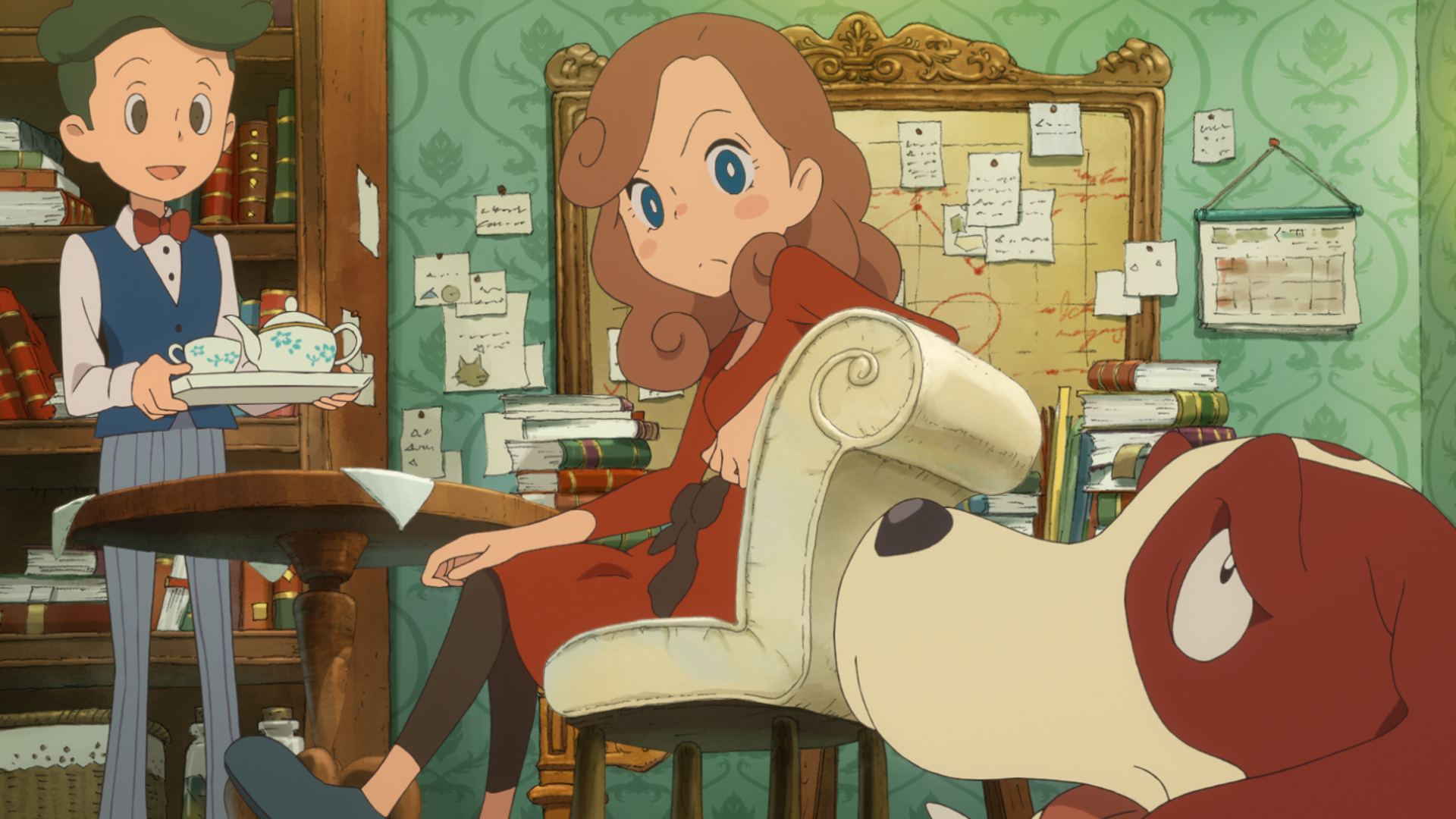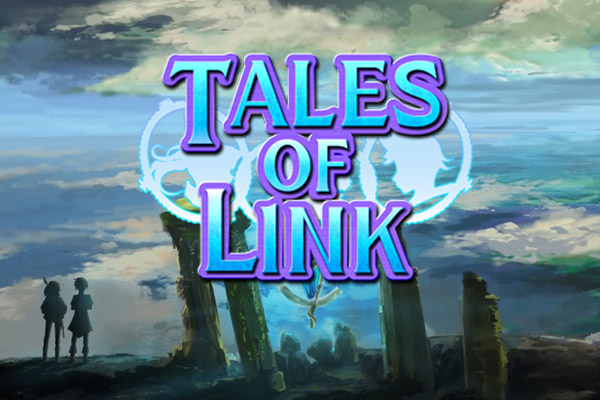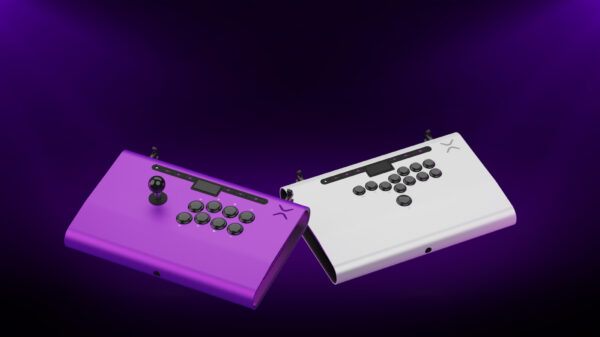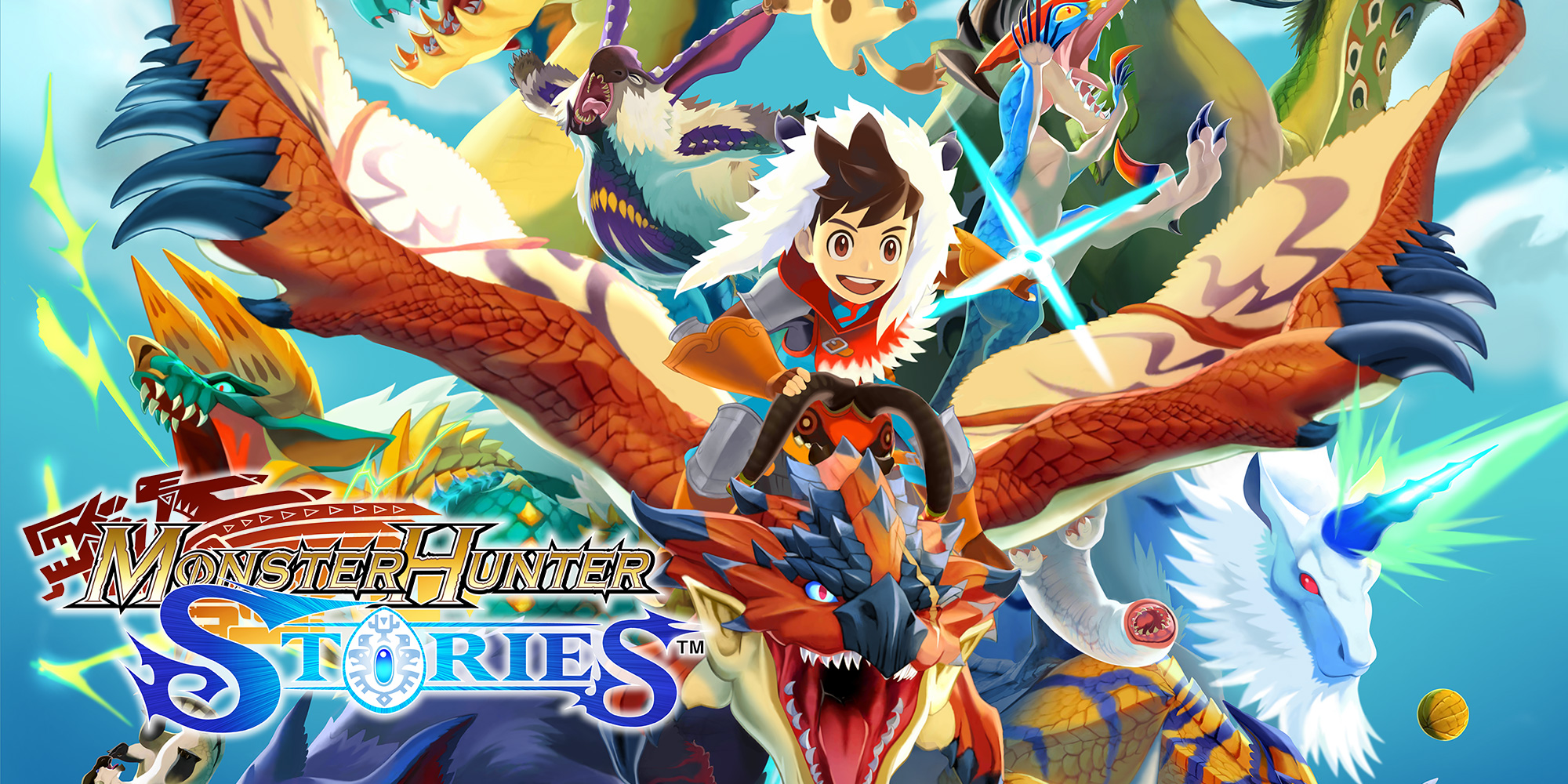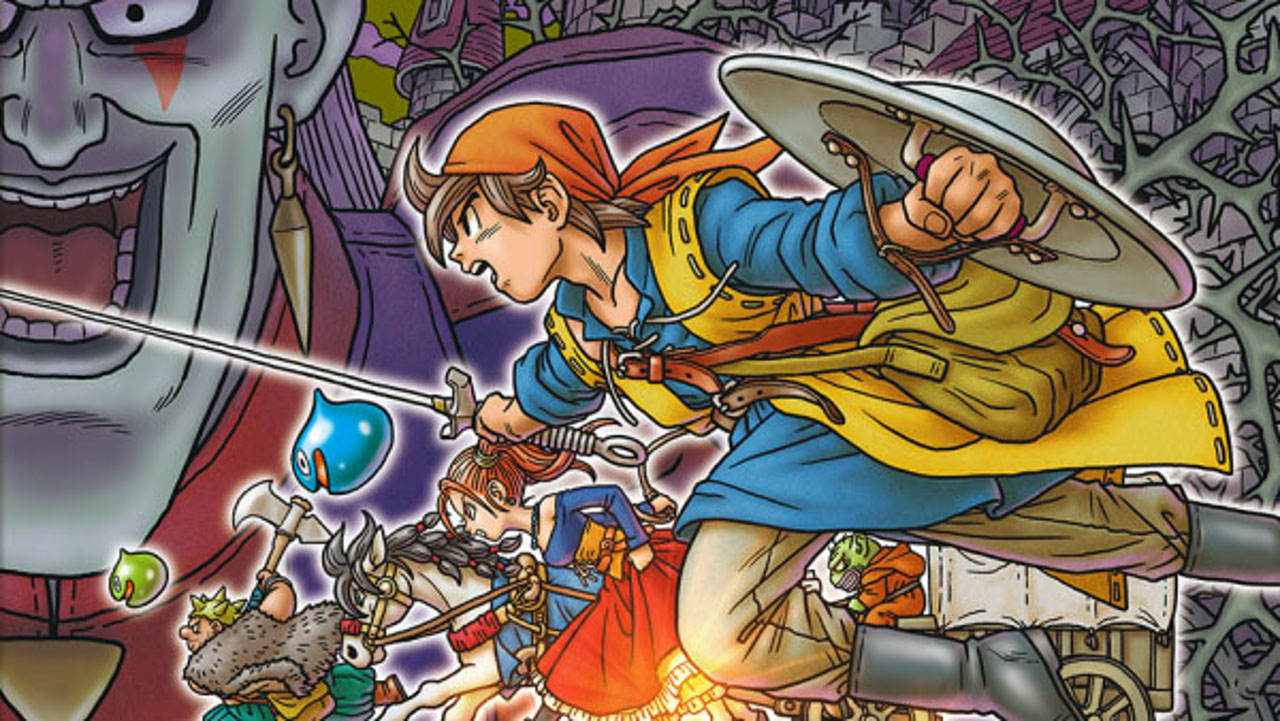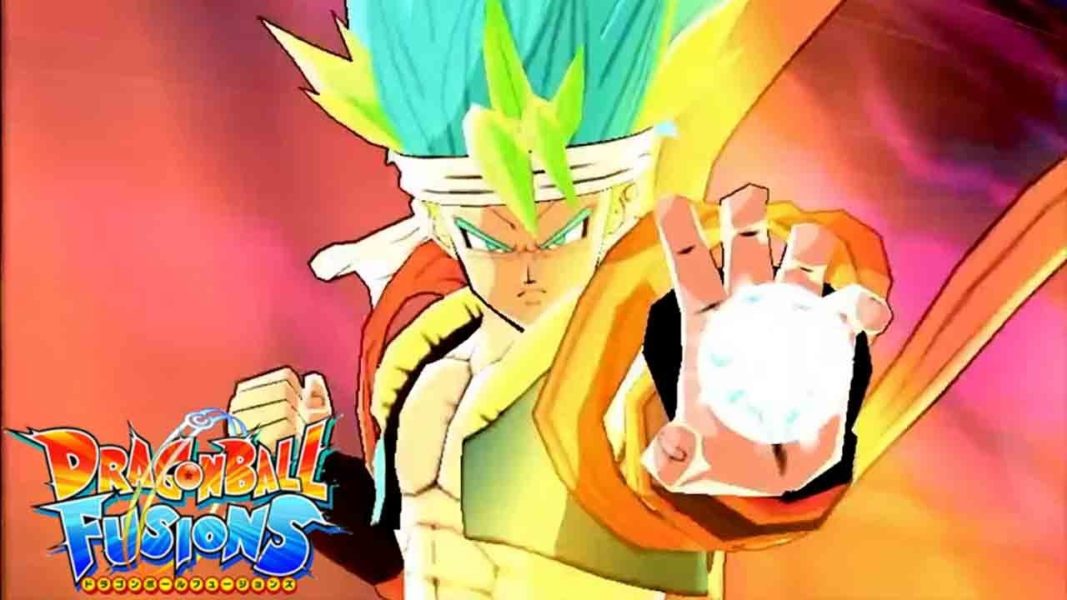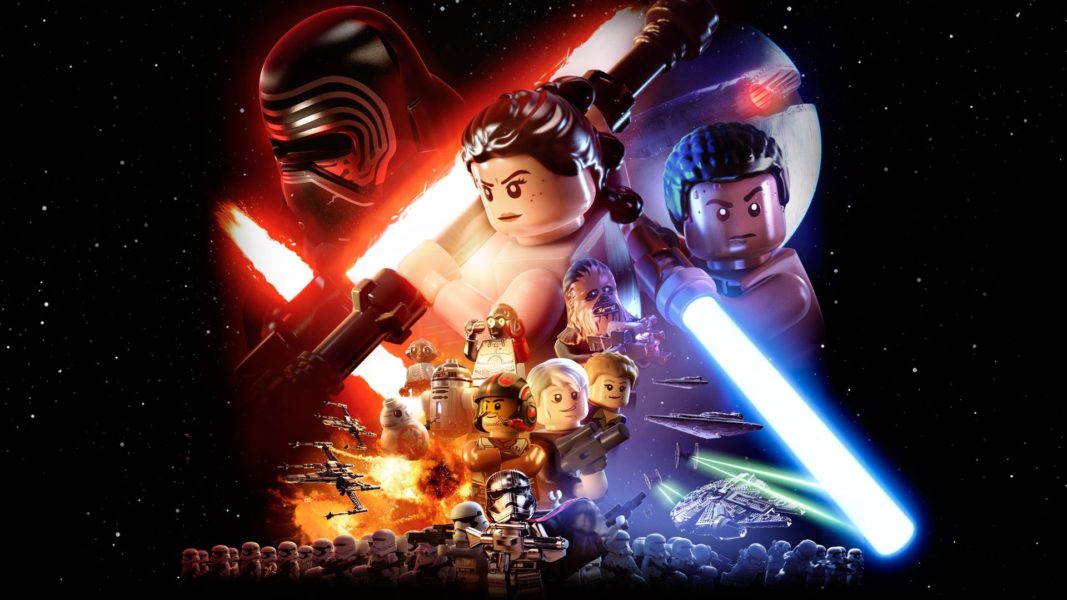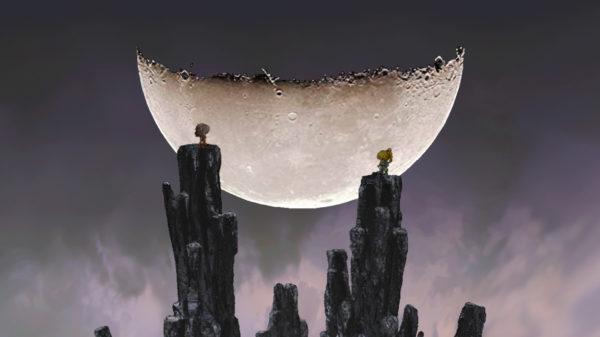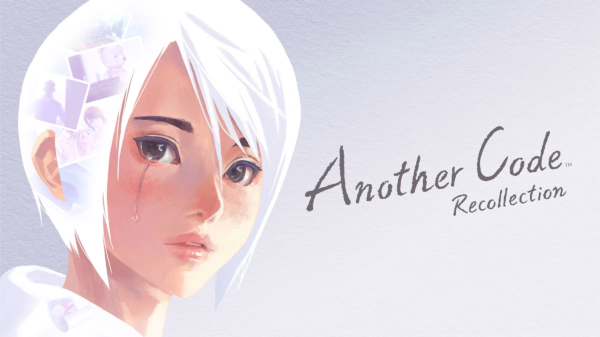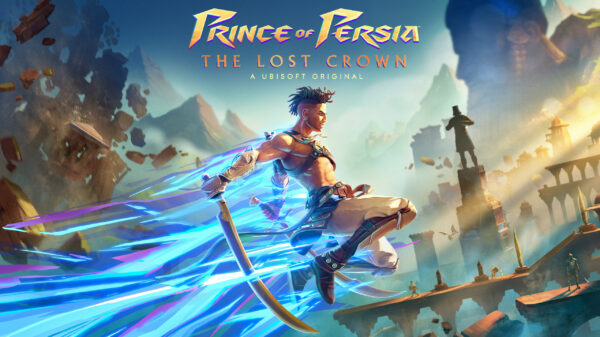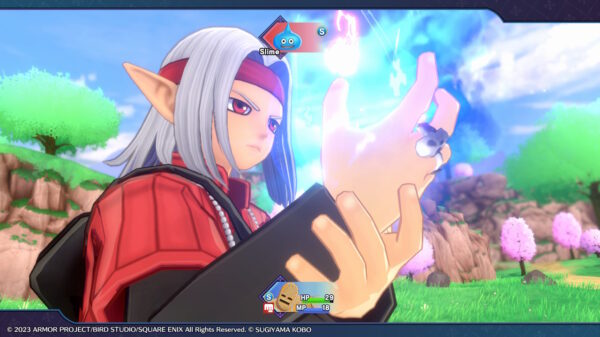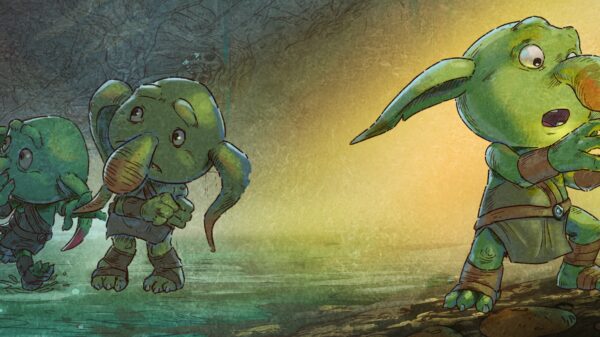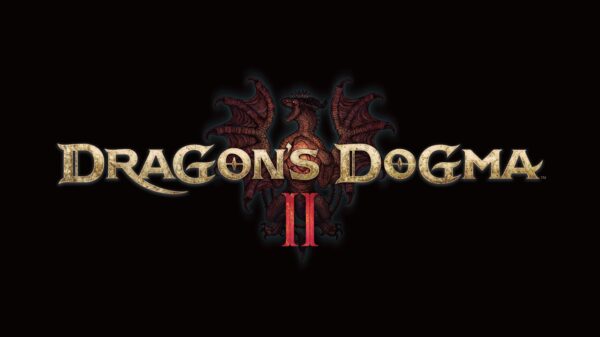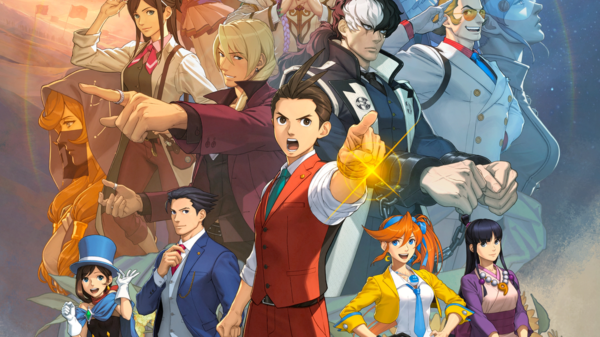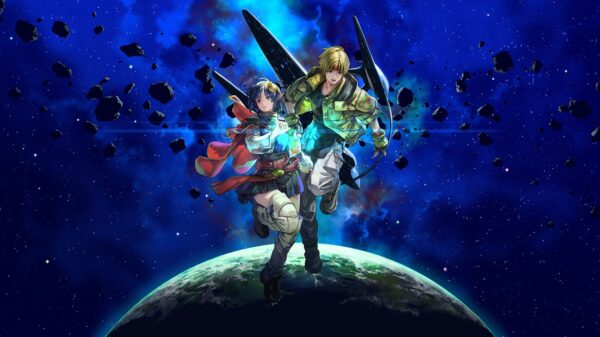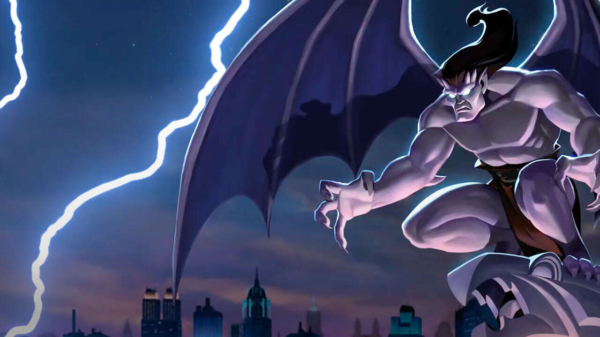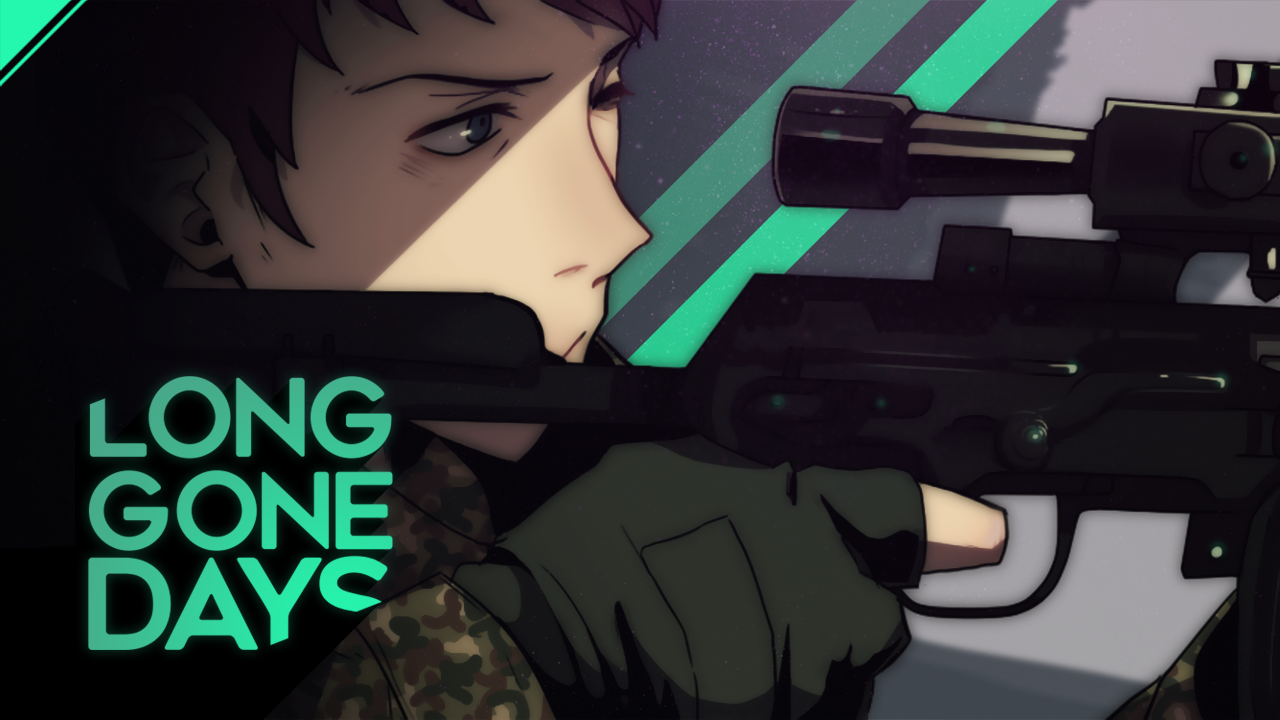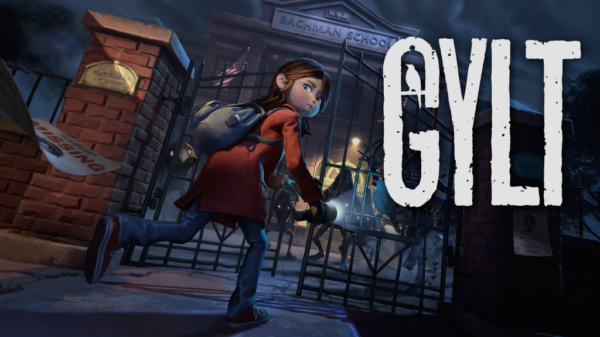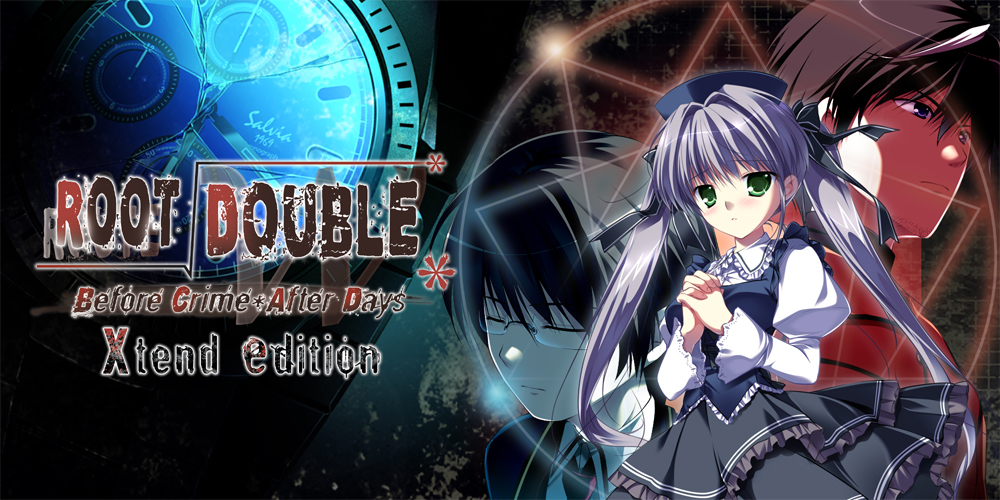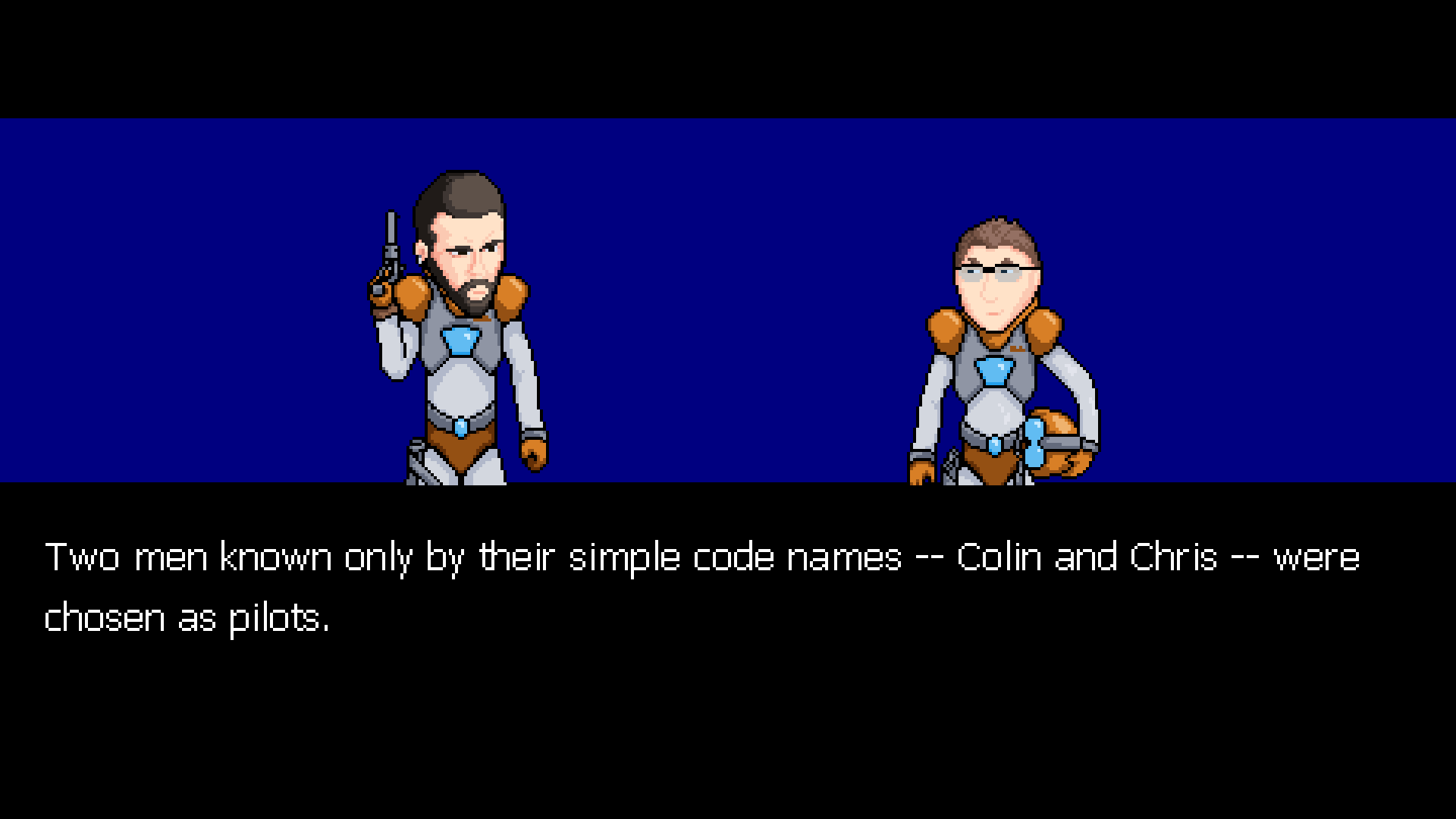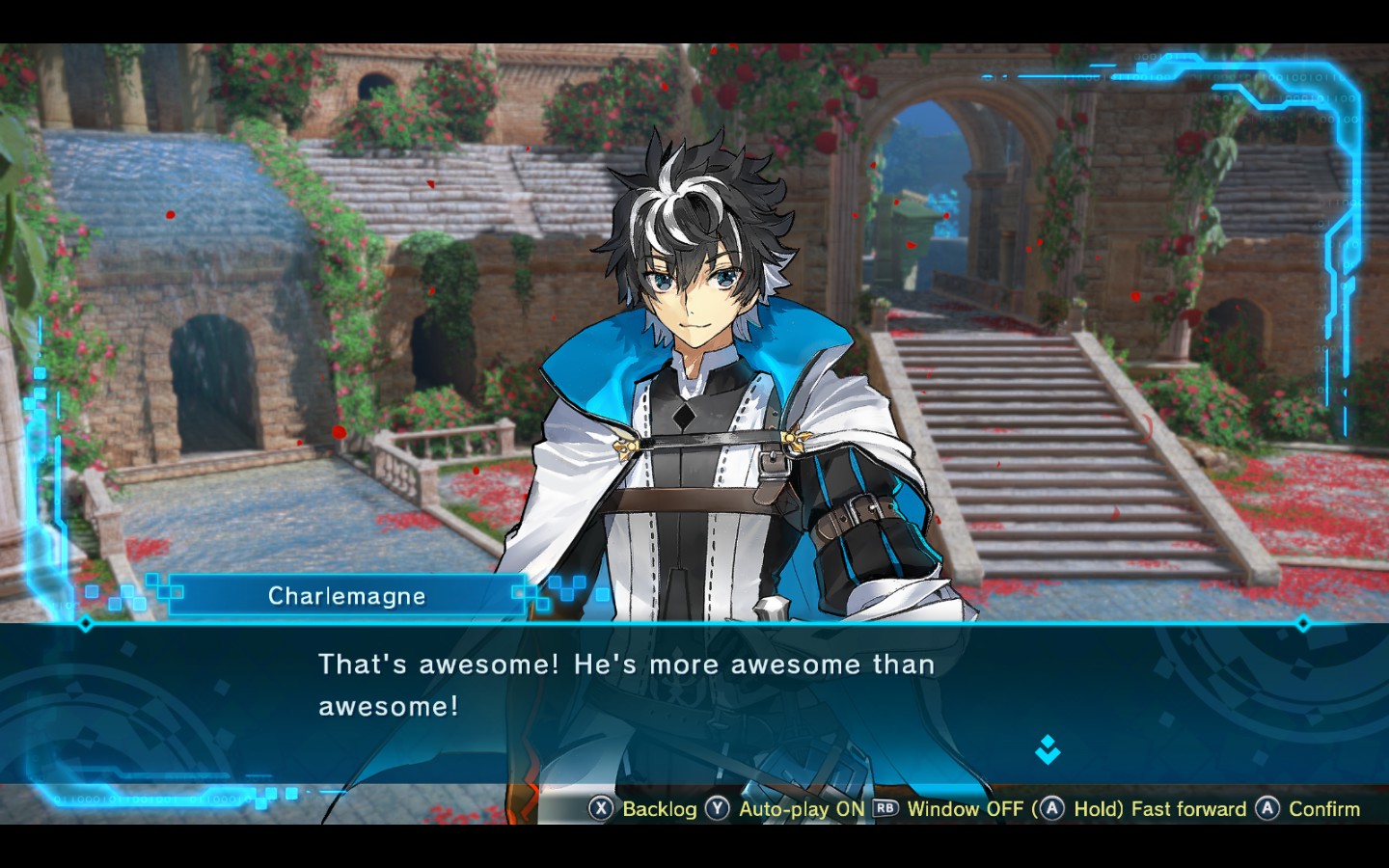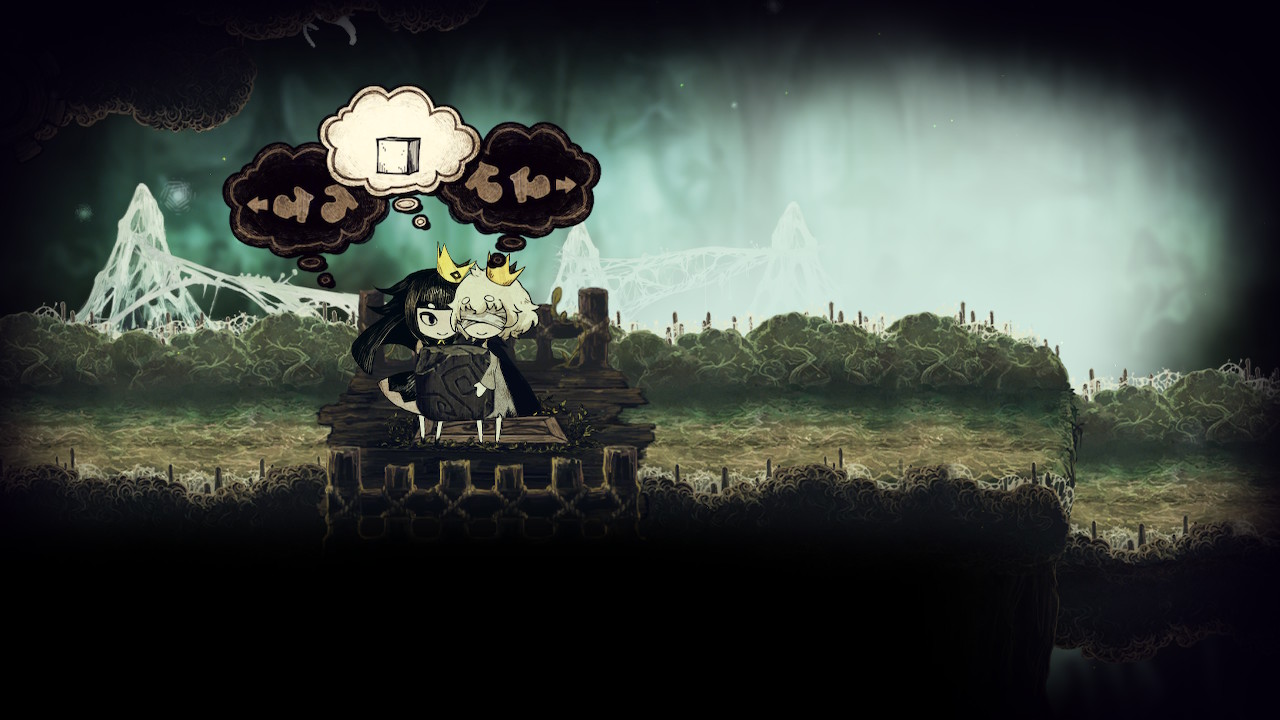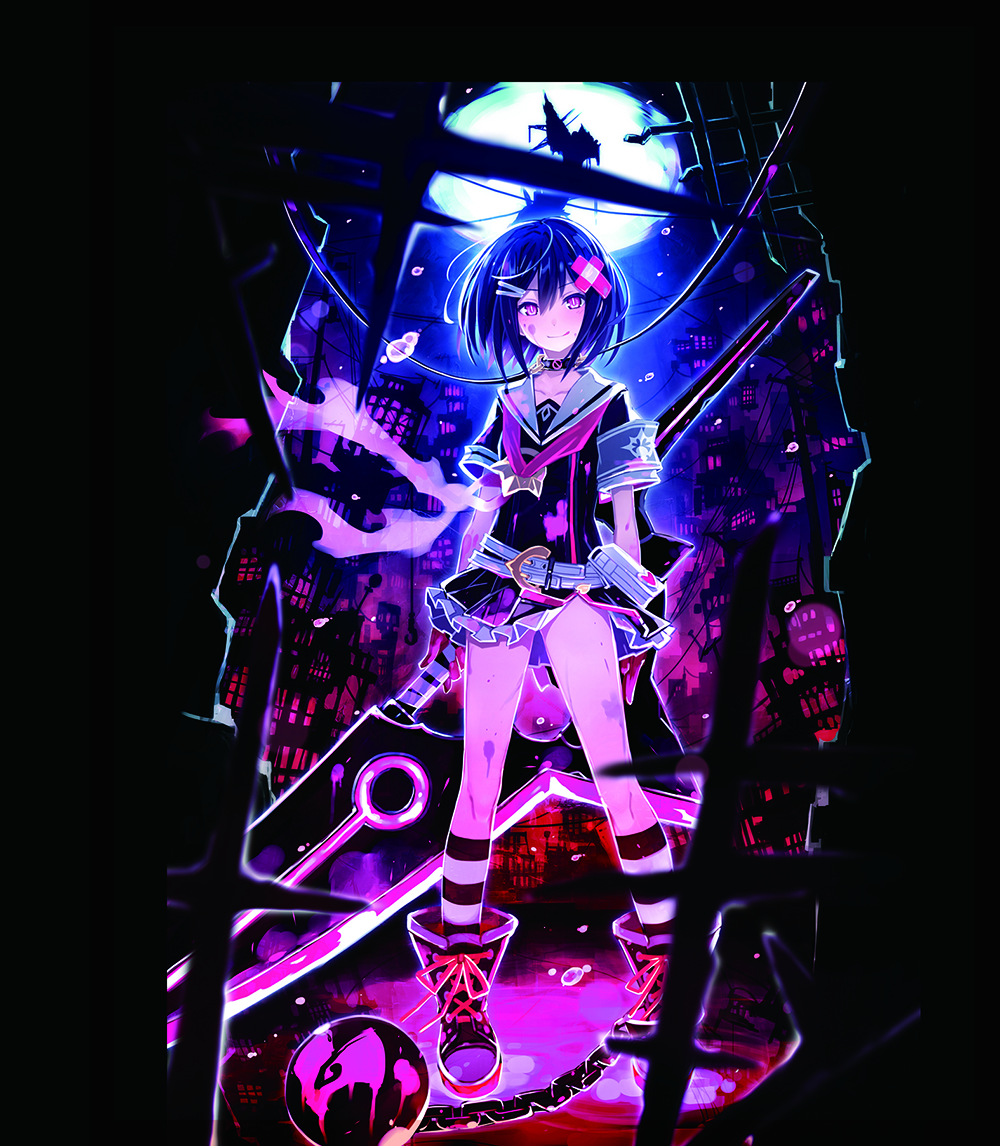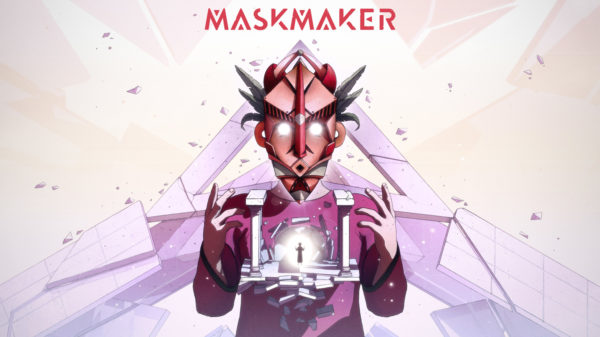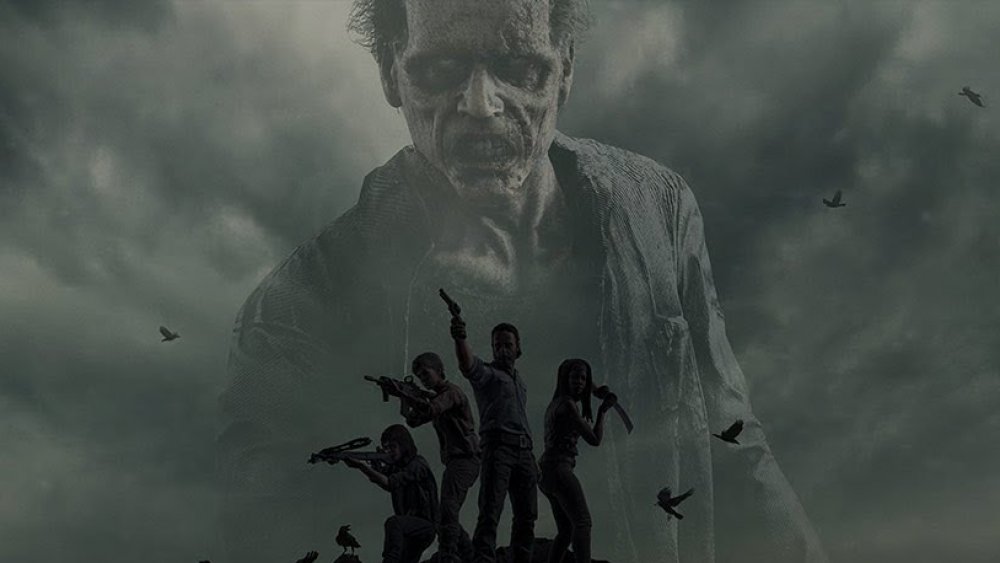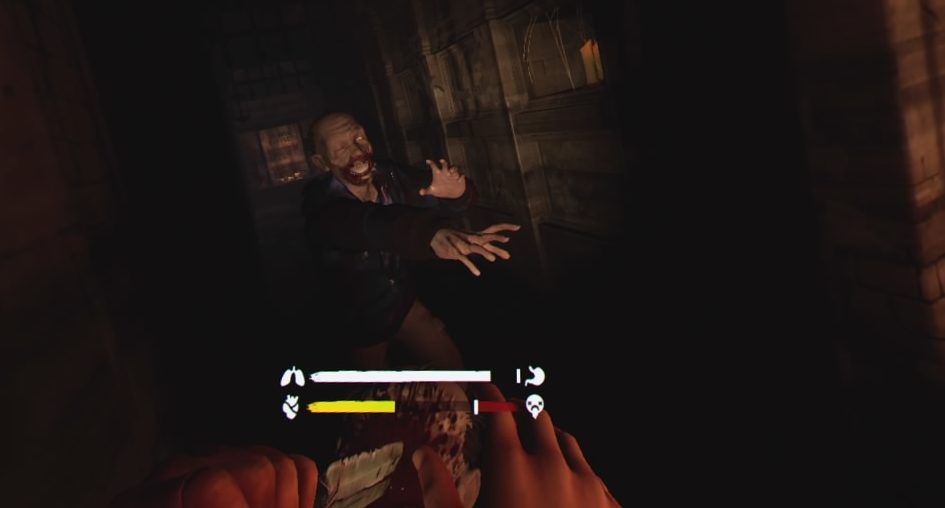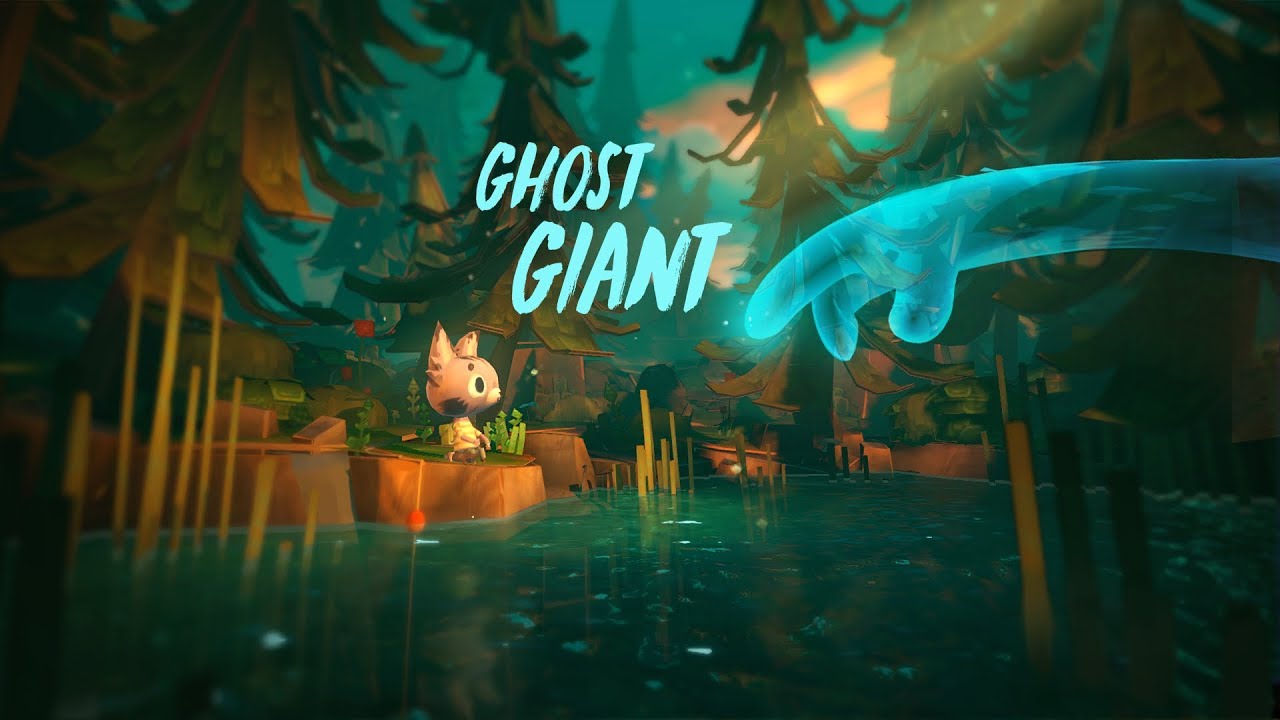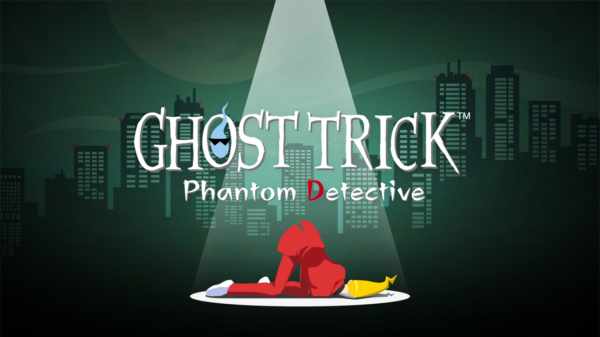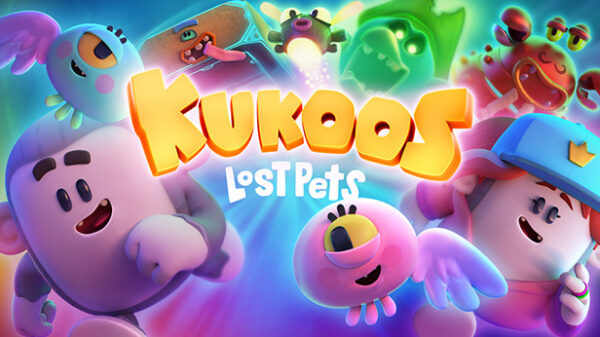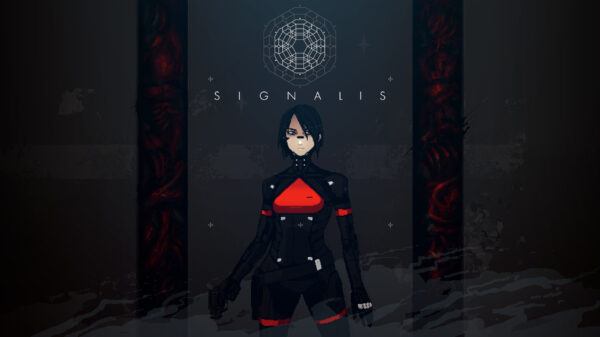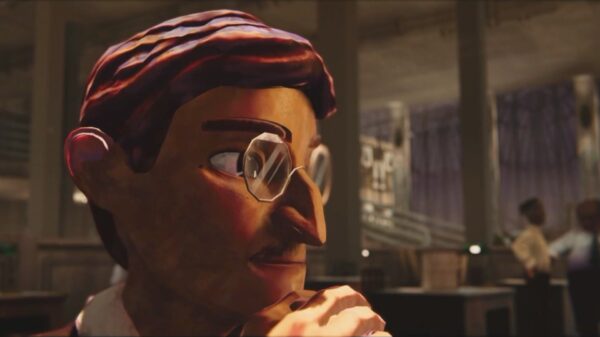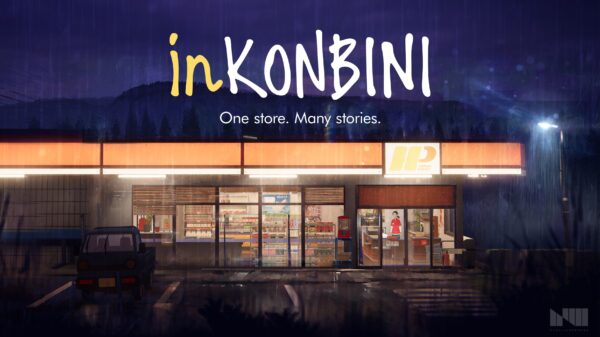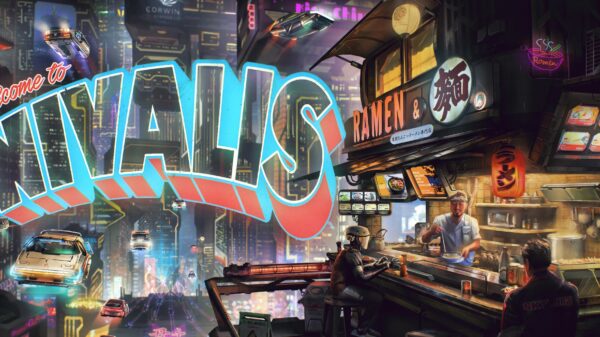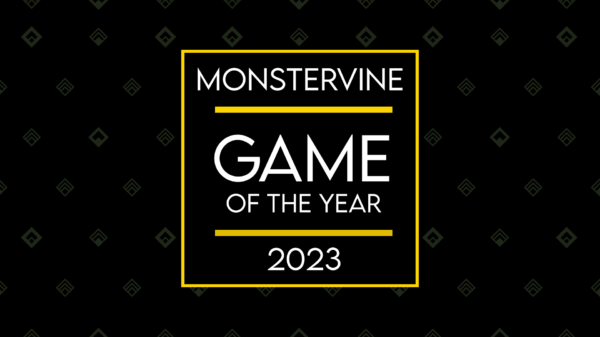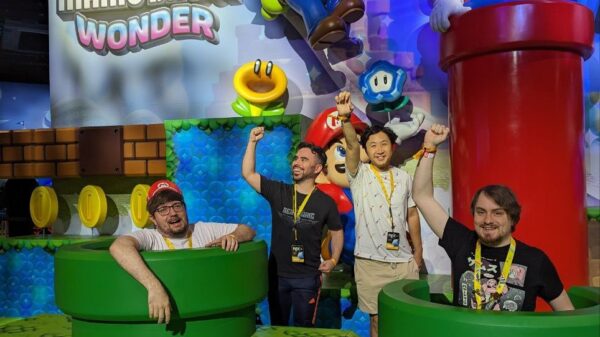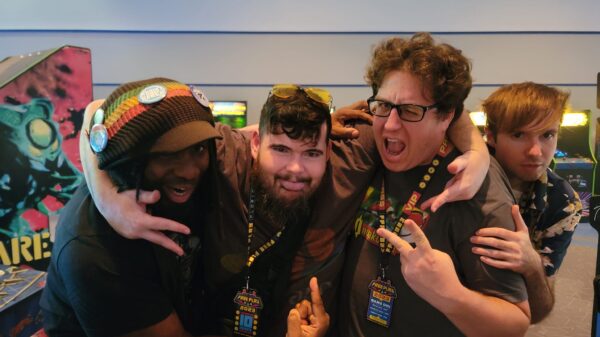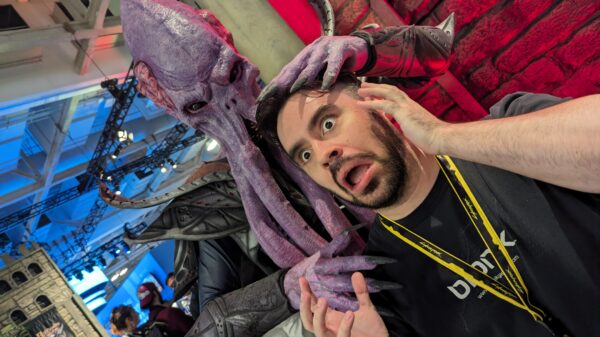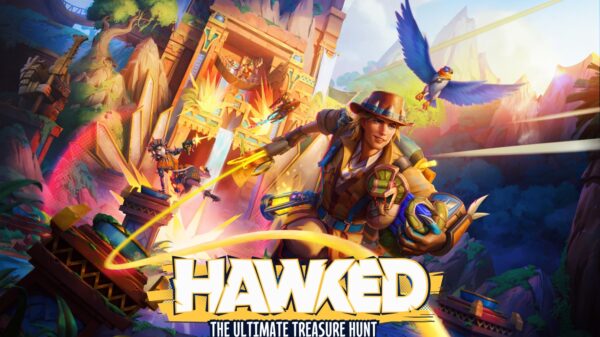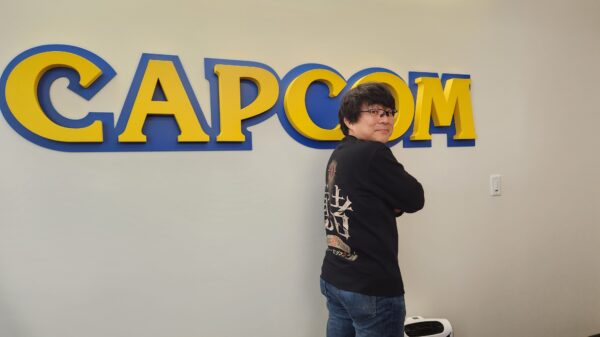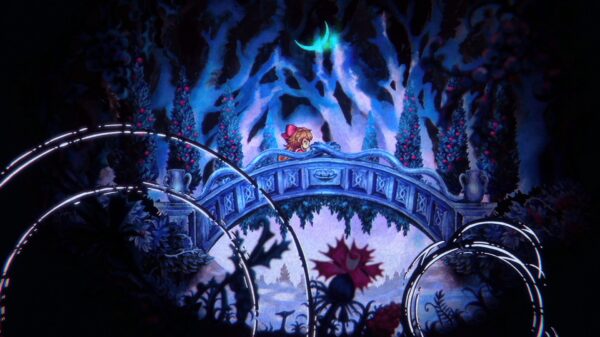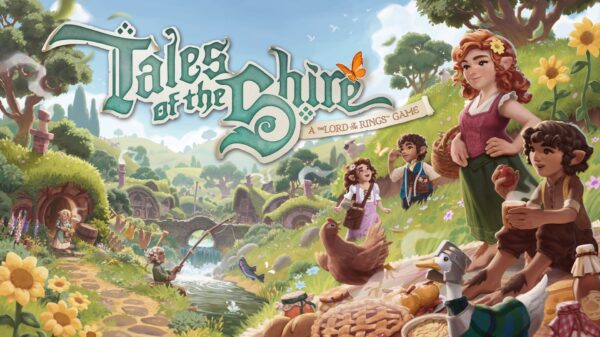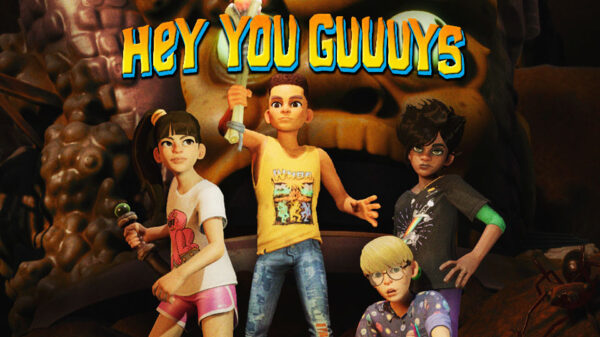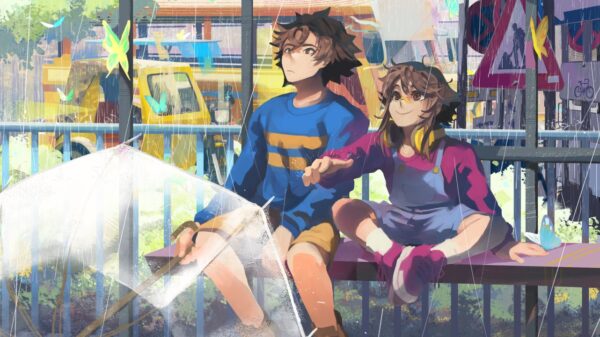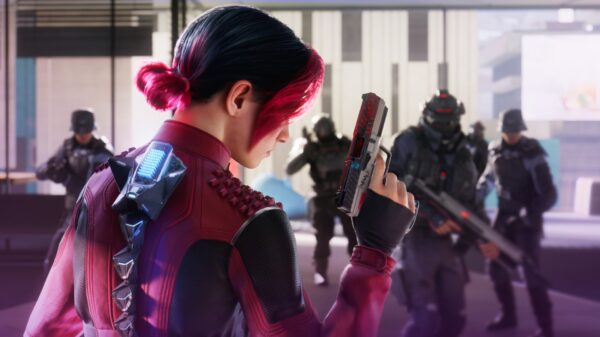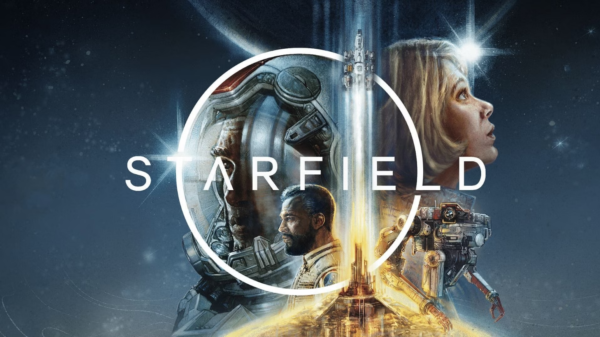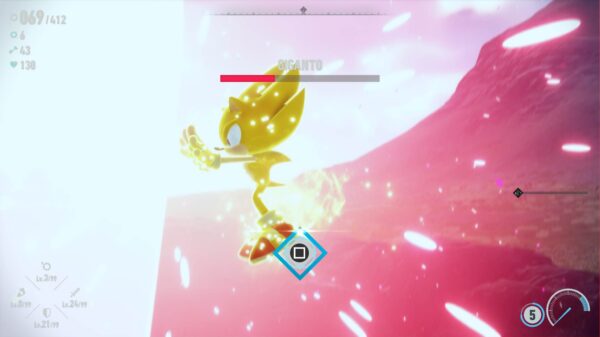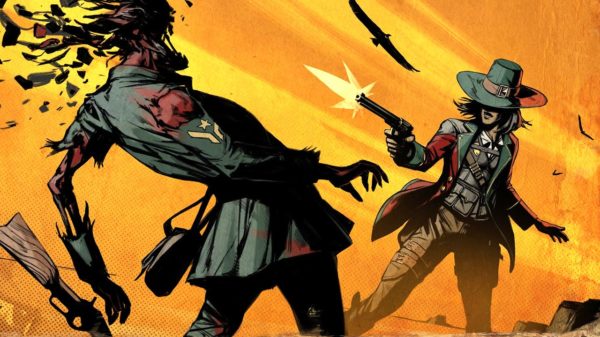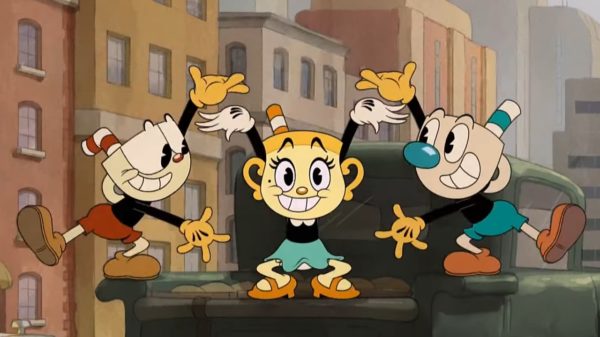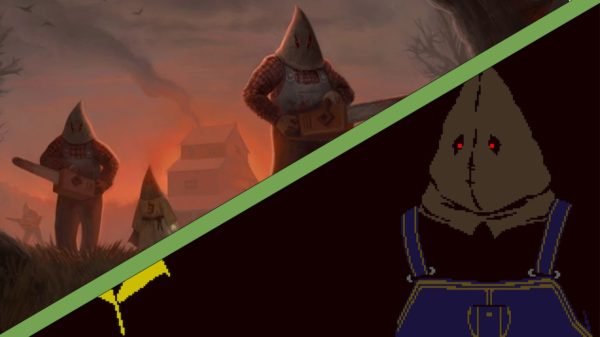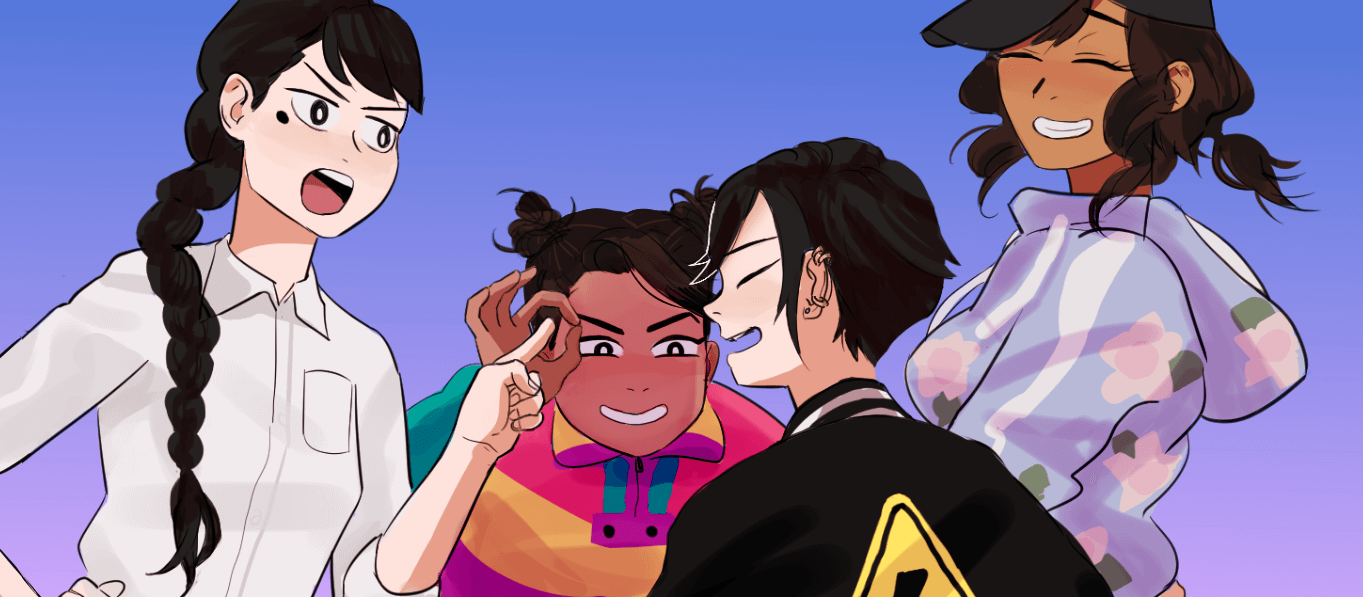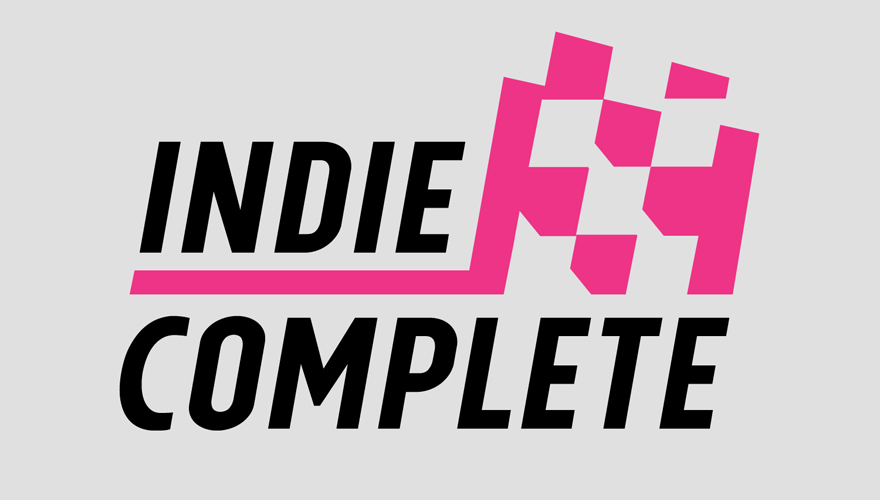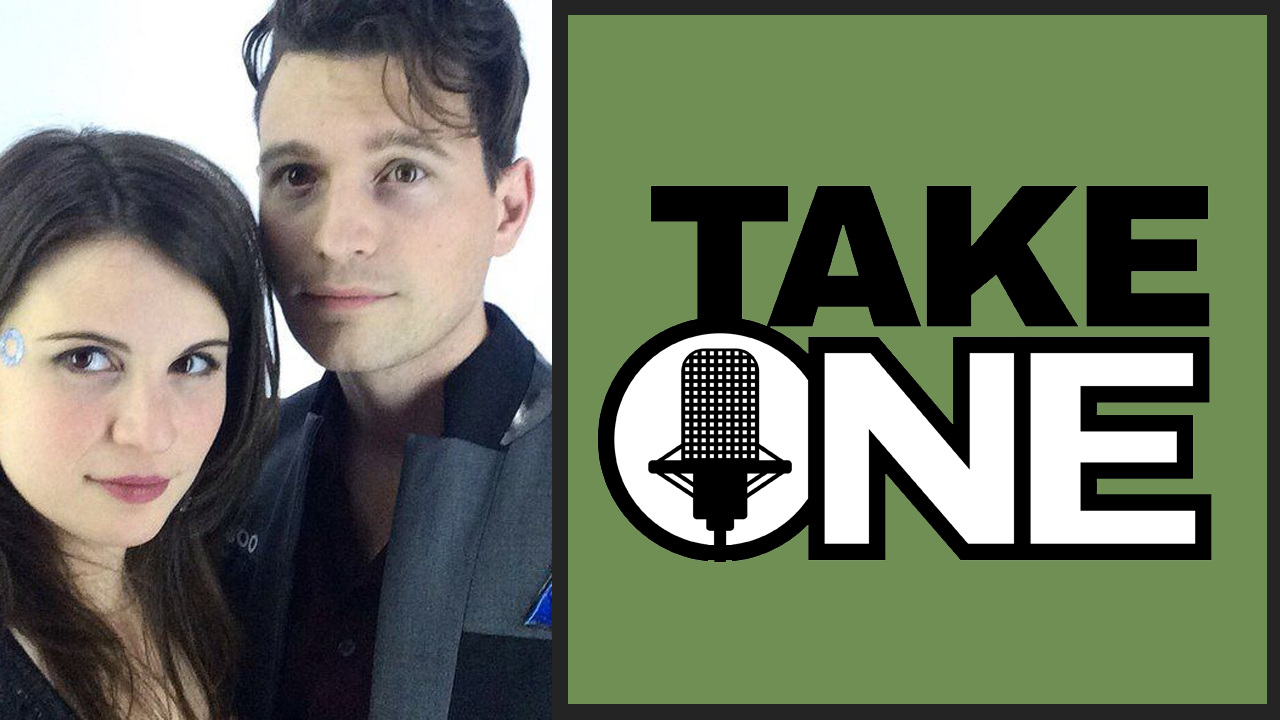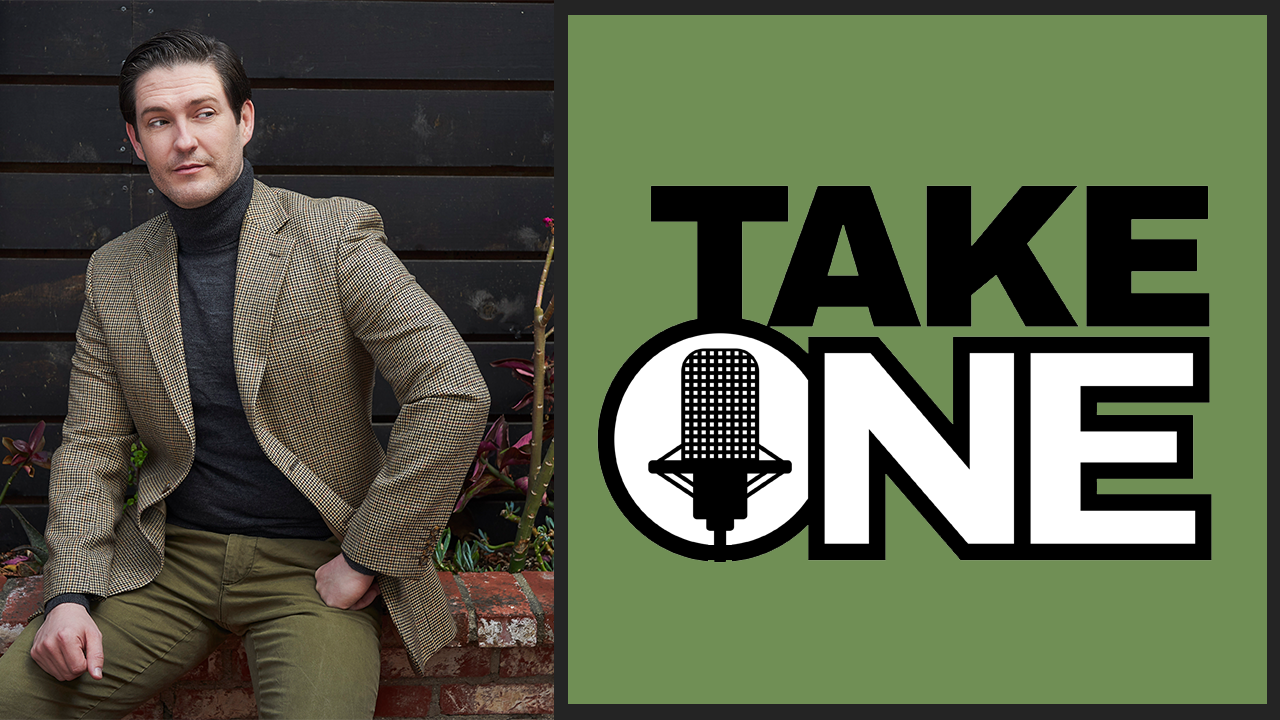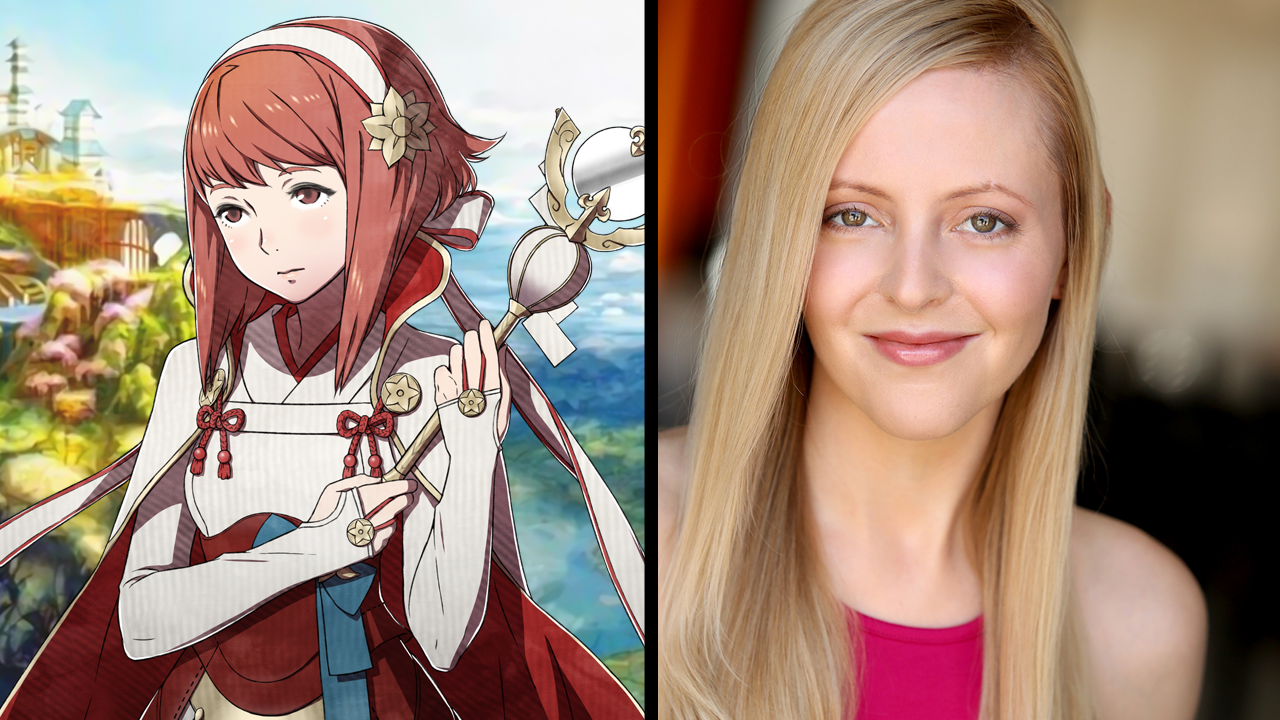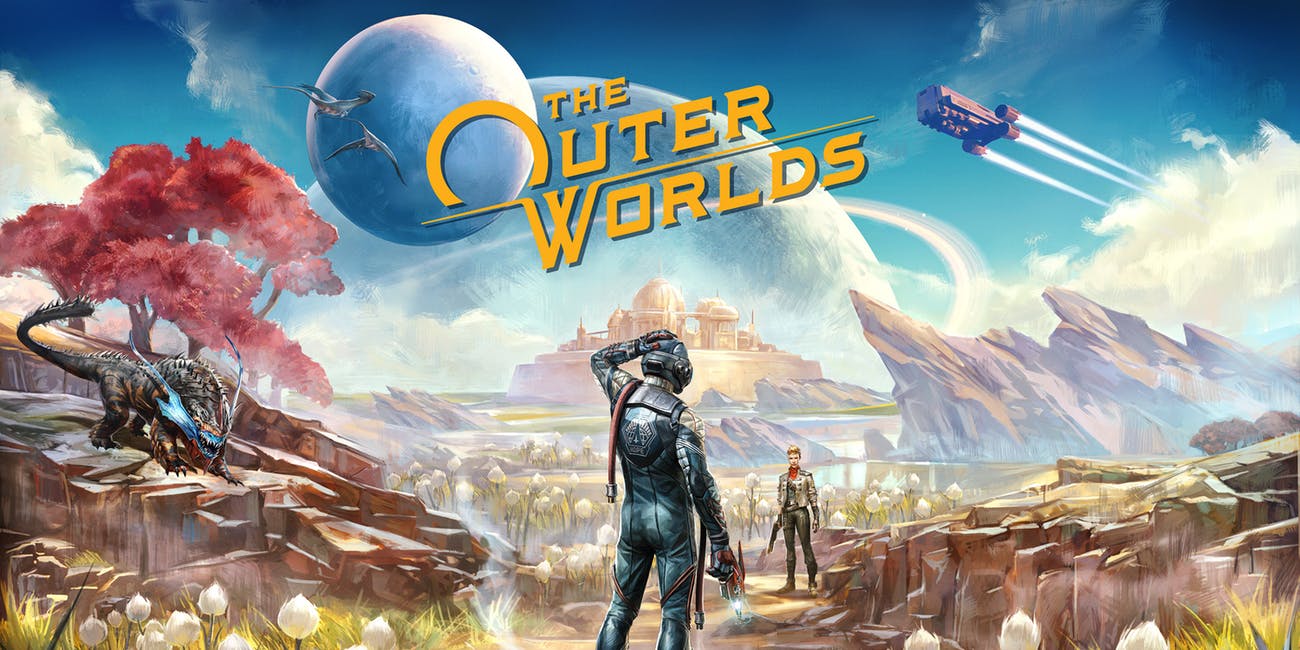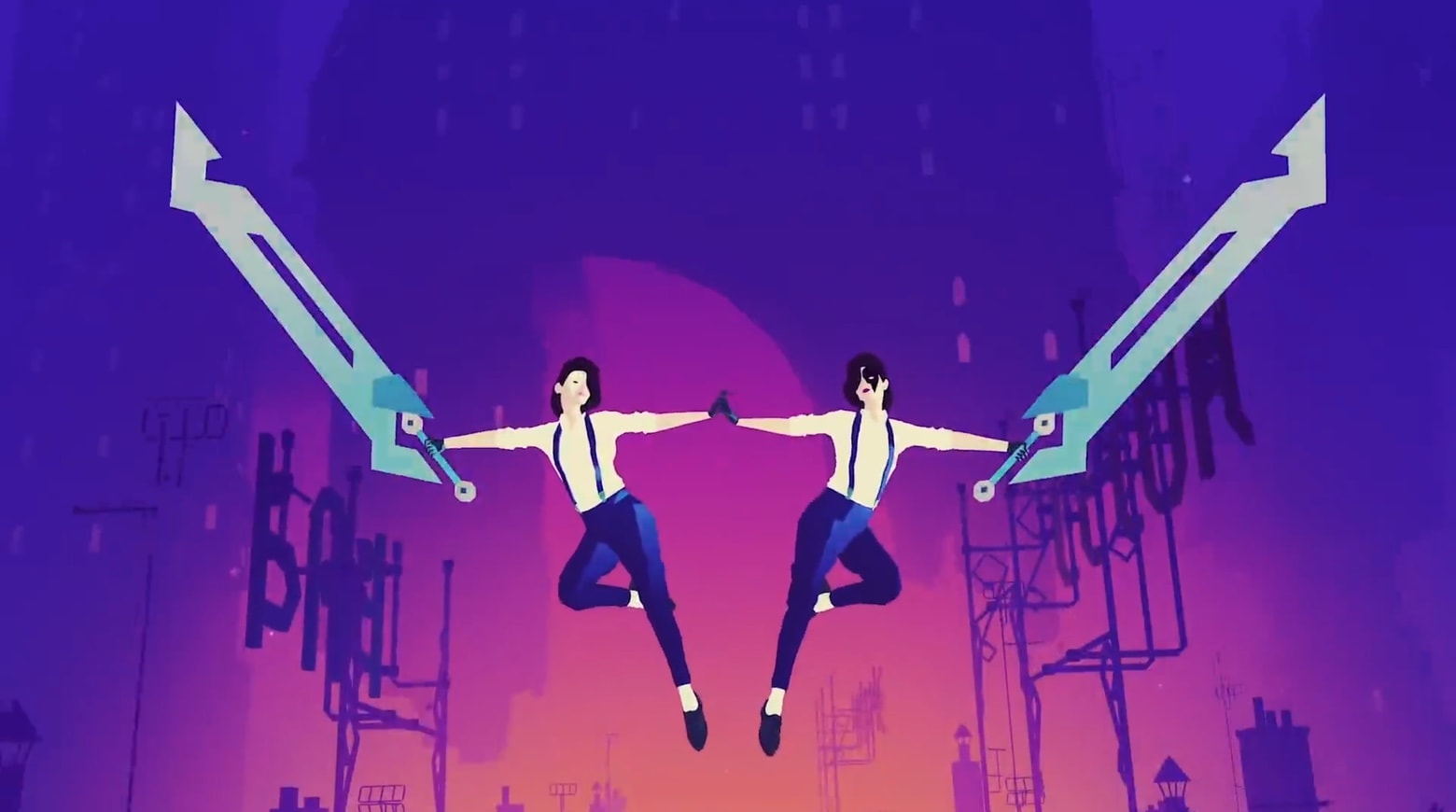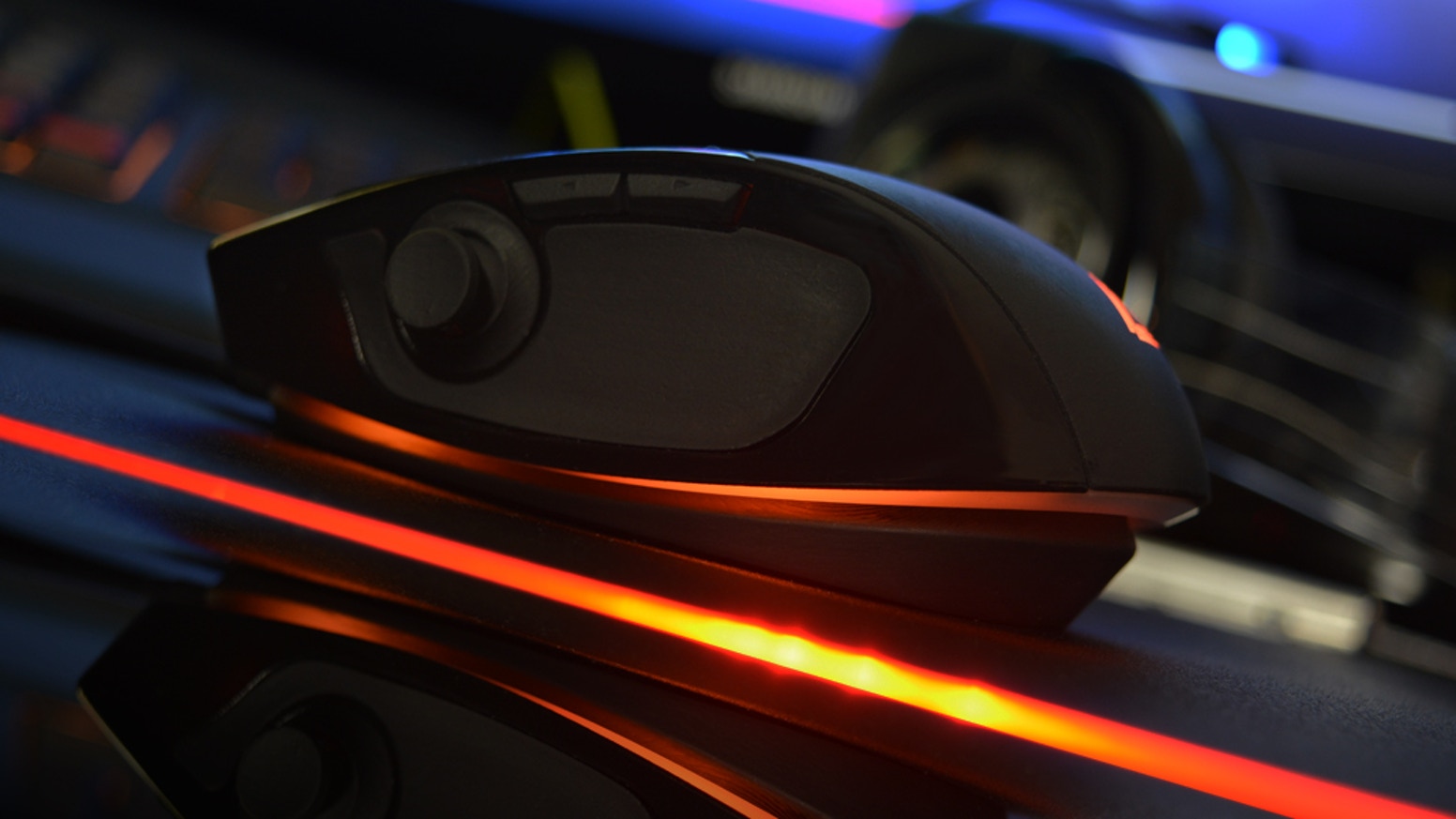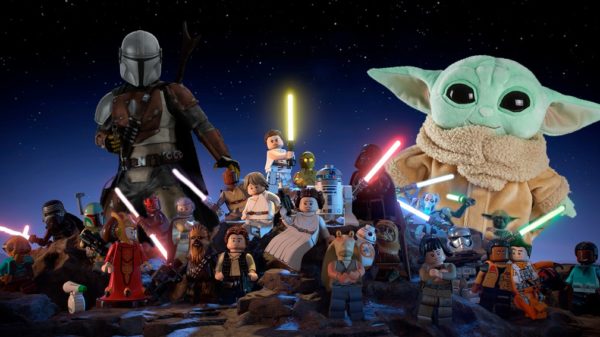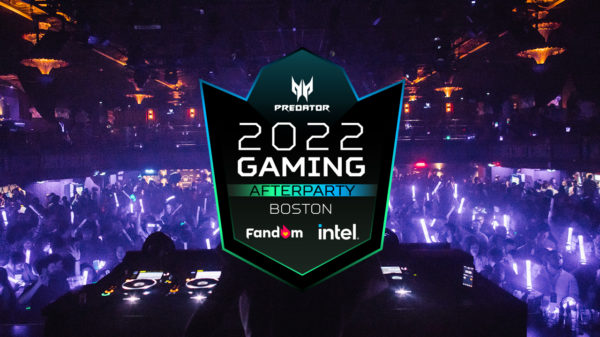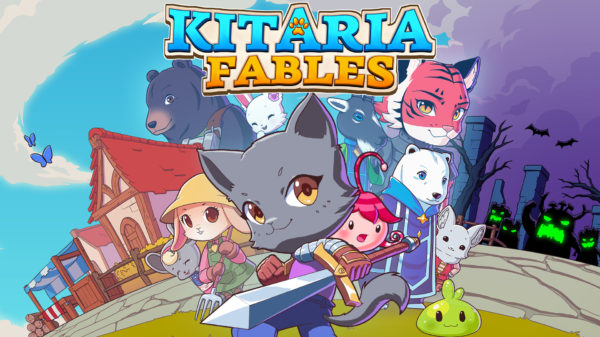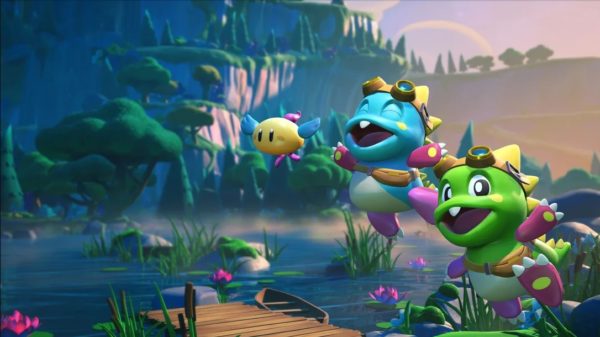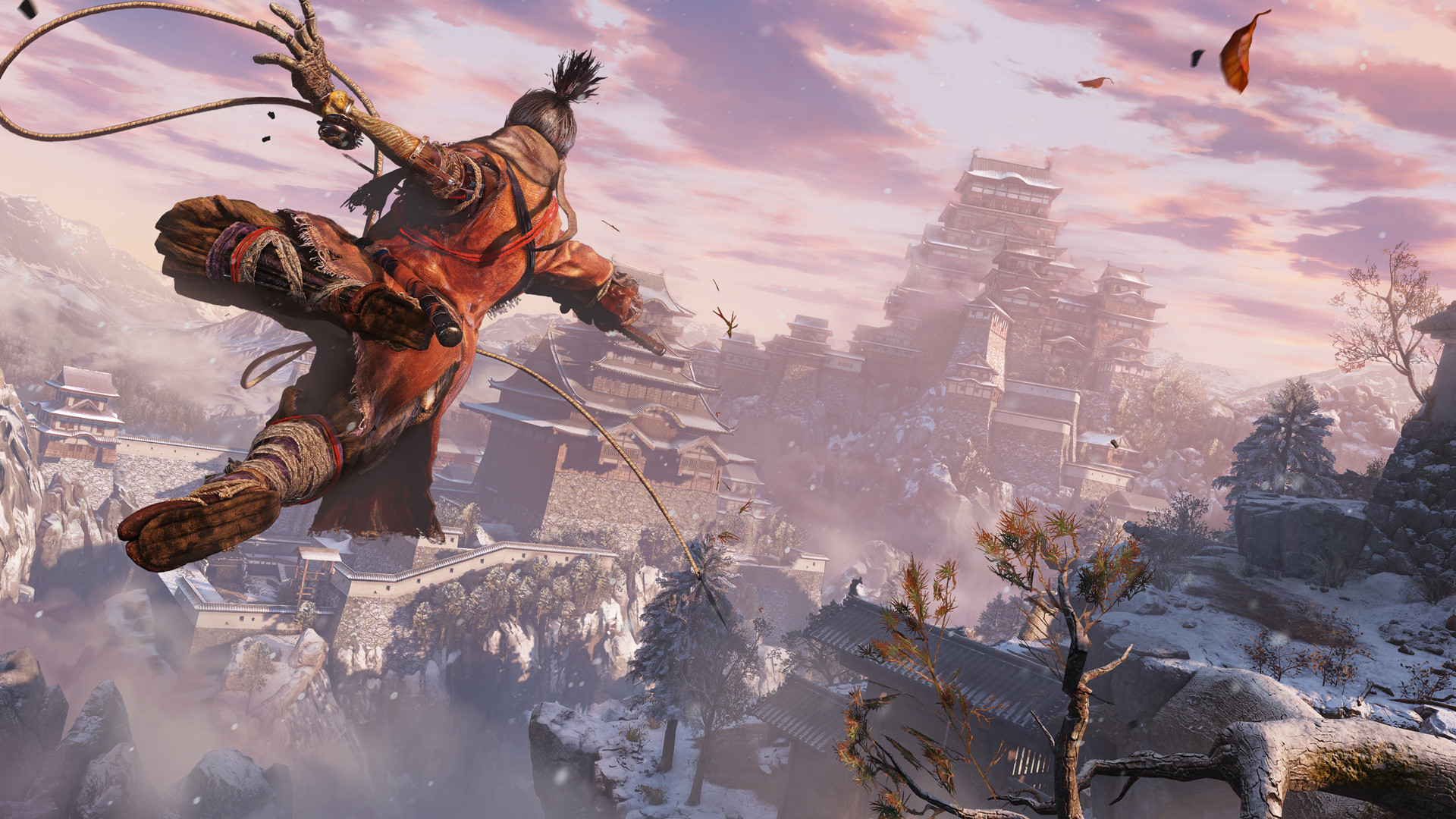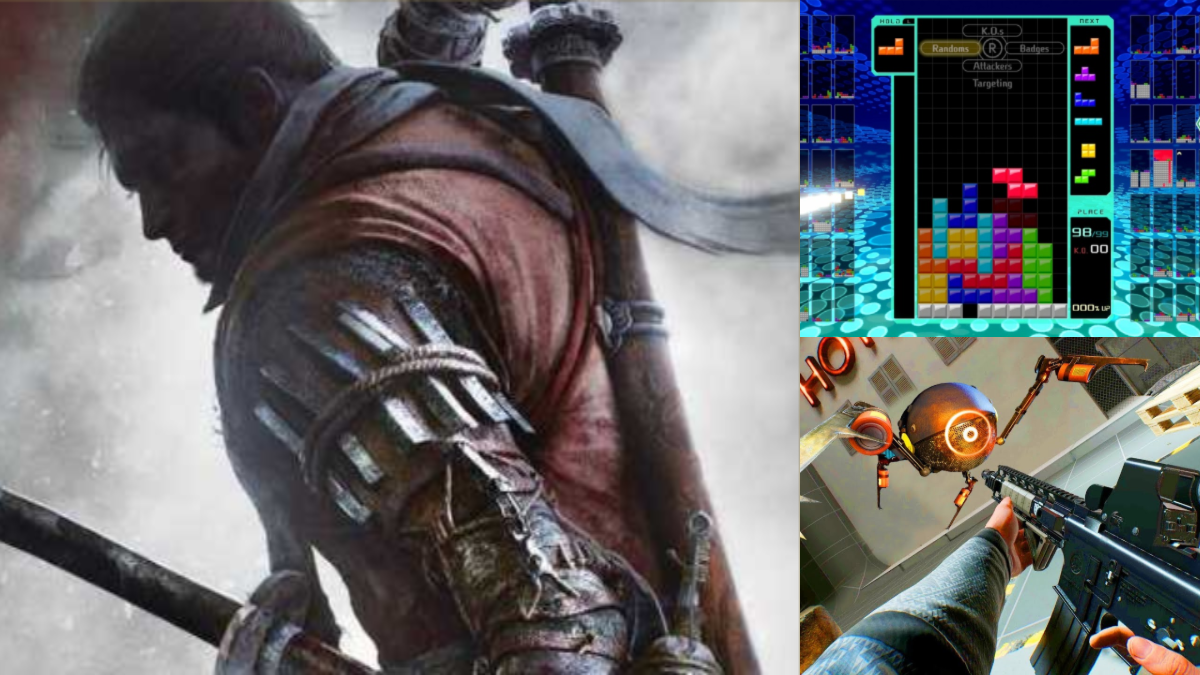It’s been a hot minute since FROM Software dropped the stellar Bloodborne, a game that took the Souls formula and slightly tweaked it. This time however, they’ve taken a formula they’ve polished throughout the years, took it apart, and rebuilt it into a game that’s entirely its own with Sekiro.
Sekiro: Shadows Die Twice
Developer: FROM Software
Price: $60
Platform: PC, PS4, and Xbox One
MonsterVine was supplied with a PC code for review
In what may come as a surprise to those accustomed to the vague, nonsensical plots of the Souls series, Sekiro actually follows a story that has some pretty (for the most part) straightforward plot threads. Taking place in 1500s Japan, you play as a disgraced shinobi named Wolf who’s tasked with protecting the young Lord Kuro. Obviously things don’t go too well for you and you lose your arm and your lord, so then begins your quest to recover Kuro and discover the mysteries of your immortality. This being a FROM Software game, Sekiro is dripping with lore that’s told visually through the environment or (mostly) in item descriptions that’ll be neatly explained in, I’m sure dozens of YouTube videos soon. FROM has never been the best in telling a tidy plot, but Sekiro actually manages to do so for the most part. There are actual cutscenes were Wolf has genuine (non-vague) conversations with characters and I always knew what my current objective was in terms of moving the plot forward. It’s a refreshing change for their games, whereas before you played purely to explore the world and for the game mechanics, now there’s also a proper story to thread all these elements together.
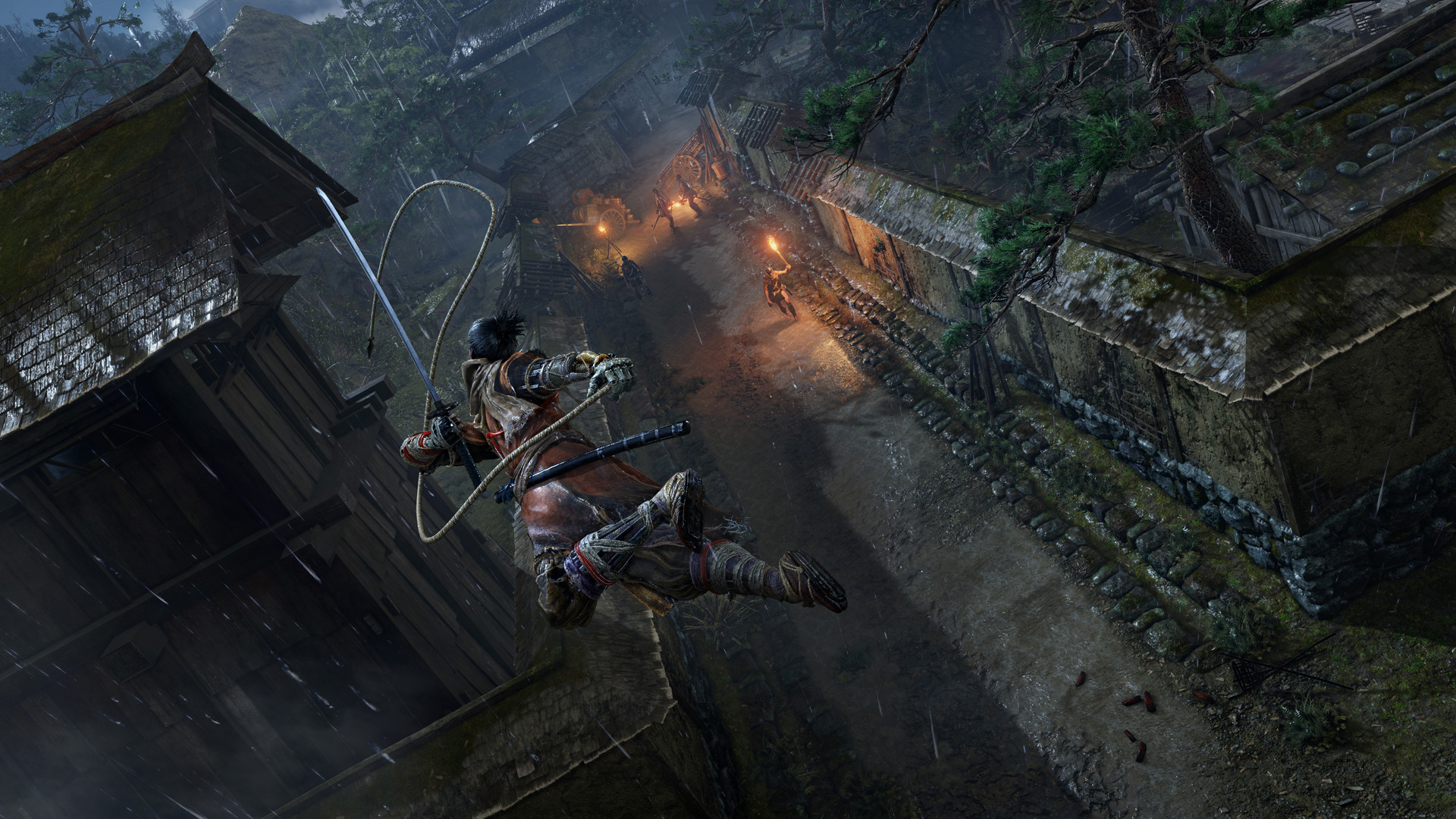
Unlike the Souls series, that had an emphasis on blocking/dodging attacks and had you playing more defensively, Sekiro instead goes for a more aggressive playstyle in a similar vein to Bloodborne in spirit, but not mechanics. Enemies in Sekiro can attack in four different ways: basic slashes, sweeps, thrusts, and grabs. Each attack type needs to be countered a specific way such as jumping over sweeps or side-stepping from grabs which means you have to become very familiar with the corresponding animation for each incoming attack type.
Successfully parrying an attack will build up an enemy’s posture meter, which when filled completely will allow you to immediately kill that enemy regardless of how much health they have left. This new mechanic drastically changes the way you approach battles compared to FROM’s previous games. Before where you’d sit back and wait for enemies to slowly attack, here you’re incentivized to egg them on because the sooner you can learn their patterns, the more quickly you can fill their posture and go for that insta-kill. That’s not to say you never want to make enemies bleed however. The lower the health of an enemy, the slower their posture recovers which changes up your tactics when facing off against an enemy who recovers pretty quickly. All of this can be performed on you as well which creates this nice back and forth between you and the enemies in this game. There’s nothing quite like perfectly parrying a flurry of blows, jumping over a sweep to then Mario style “double jump” off the enemy’s head and plunging down for the kill. Paying attention to what type of attack is coming your way, and successfully parrying enemies makes for some of the most thrilling fights you’ll experience in a video-game.
As much as Sekiro is about tense sword fights, it also features a surprisingly heavy emphasis on stealth. Jumping into the middle of an area, catching the attention of every enemy in the vicinity is a quick invitation to death so it’s wise to skulk around the edges picking your targets and silently taking them out or avoiding them completely. Getting through an area cleanly feels just as good as finishing an adrenaline fueled battle and you usually have the option of ghosting an area, assuming you take the time to find the right path.
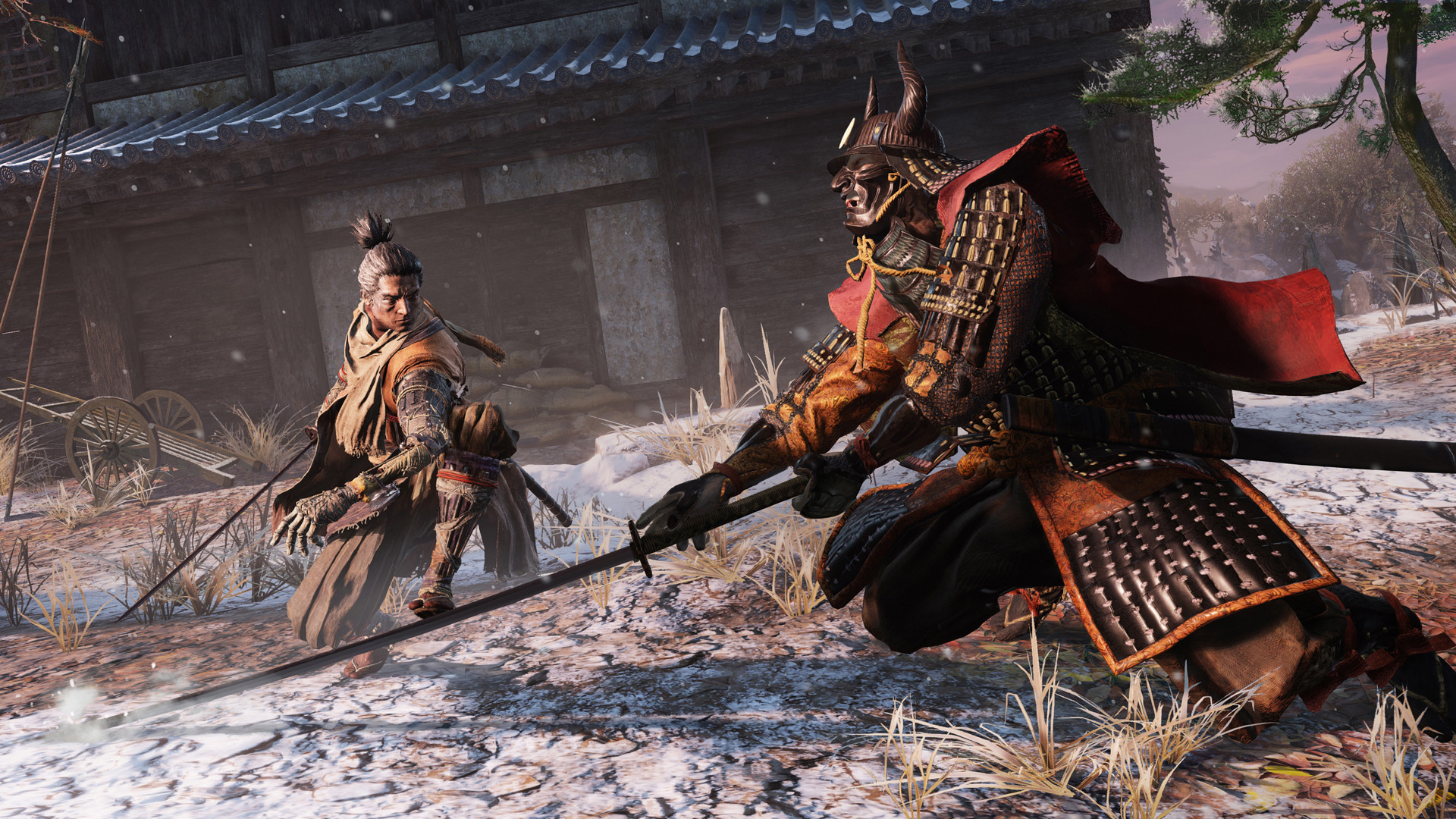
Sekiro is both more, and less of an RPG compared to the Souls series. You’re gaining experience points per kill and “leveling up” but instead of having a defined level number all you gain are additional skill points to use in the various skill trees. You’ll find new skills to acquire from passive effects like causing less noise when crouching, to entirely new moves you can perform. While some of these moves can be unlocked and performed immediately, like a sliding sprint that’s great for sliding into cover, others are more powerful techniques that you’re only allowed to equip one of at a time. Dubbed “combat” and “ninjutsu arts,” these attacks have a variety of special effects like an overhead sword slash that can cause some pretty severe posture damage to an enemy, or a follow-up to your backstab that sprays the area in a cloud of blood allowing you to stealth away after a kill. You’ll find multiple uses for each move so it’s always fun to give one a try if a certain enemy if giving you an especially hard time. You’re also not collecting any sort of loot, which means you’re sticking with the same look for the entirety of the game. Whereas the motivation for continuing forward in the Souls games was the allure of a new armor set or weapon, here it’s all to interact more with a fantastic combat system.
After losing his arm, Wolf is outfitted with a prosthetic arm that can be outfitted with various gadgets to help you along your way. You’ll start with simple shurikens that are especially useful against airborne enemies, but your arsenal quickly expands to include things like an umbrella shield to some firecrackers and even a morbid finger that’s used as a whistle. There’s always a use for all of these tools and it’s honestly a lot of fun experimenting with them; that and just swapping between them quickly to see the slick animation. On top of all this is an additional skill tree for the prosthetic tools where you can acquire new functionalities for each tool by crafting them with materials you find throughout the world. You’re able to turn the simple firecracker into an upgraded version that launches firecrackers in a full circle around you instead of just in front or even acquire a time-delayed explosive set of fire-crackers. The different variations of the tools are fun to play with, it’s just that I wish money wasn’t part of crafting them since you’re usually starved for cash if a boss is giving you a rough time.
Souls fans are no stranger to the concept of death, and the same penalty for dying is here albeit with a twist. Blessed with dragon’s blood, Wolf is given the option to come back to life after being killed and give a fight another go. Die again however and the death is permanent so you have to make your resurrection worth it. Being given what’s basically a second chance in this game is definitely a nice change to the formula, allowing you to finish off a fight you were close to beating. The punishment for dying in Sekiro however is much more severe than it was in previous FROM Software games. Upon dying you lose half your money, half your XP, and you run the risk of an NPC contracting a disease called “dragon’s rot” that puts an immediate halt on their quest progress until you cure them. There’s nothing to pick back up when you die and no way of recovering what you’ve lost; when you die that stuff is gone and there’s nothing you can do about it.
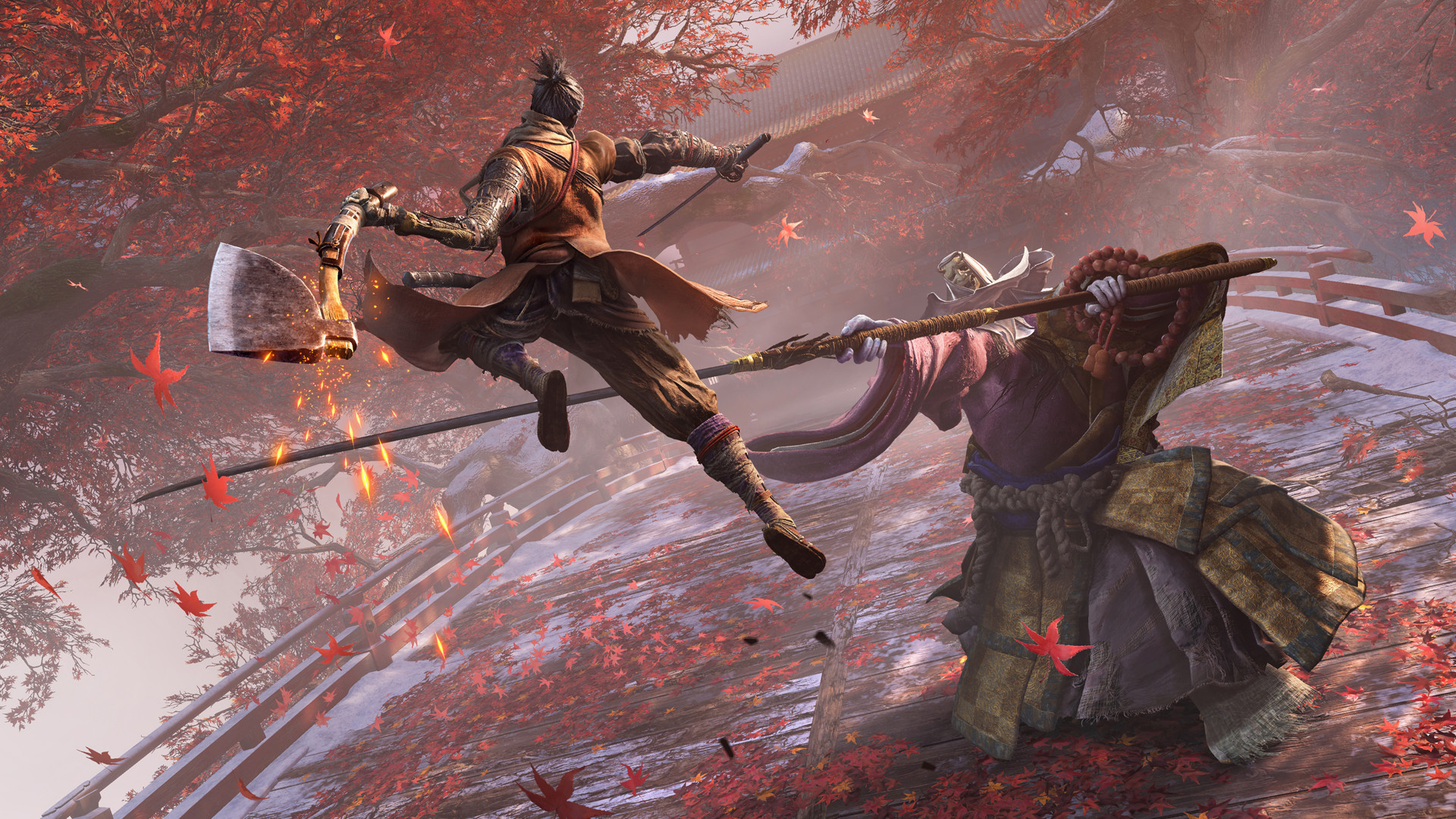
The change is definitely an interesting decision, but I honestly feel it’s a bit too harsh. Especially when it’s a much harder game than the Souls series in that you can’t really cheese it for the most part; you actually have to engage with and master the combat system and the game even sprinkles a plethora of mini-bosses throughout the world as a sort of reminder. The system basically encourages you to always spend whatever money you have and to stop what you’re doing and grind up to the next level when you’re coming up on a boss so as to not lose an entire bar of XP. Considering enemies don’t really give much money to begin with, a few bad fights against a boss can really decimate you if you were saving up for an item in a shop. As a game made by a developer whose games are known for their difficulty, where it’s expected to die many times to the same encounter, these additional penalties to dying just seem like an extra annoyance that adds frustration on top of an already difficult game.
 The Final Word
The Final Word
Sekiro is an immensely satisfying game that sees a studio people started to think as a one-trick pony, flex their muscles by taking what they’re good at and doing something wildly different and engaging.
– MonsterVine Review Score: 4.5 out of 5 – Great

